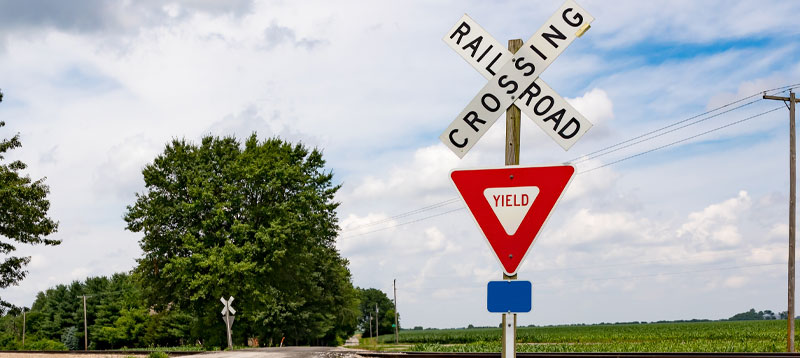All About Traffic Sign Shapes | In-depth Knowledge & Identification
Navigating the bustling world of roads requires more than just a familiarity with traffic rules and a steady hand on the wheel. It demands a keen understanding of the visual language that guides drivers, ensuring the smooth flow of traffic and preventing accidents; this is where traffic signs come into play.
Road signs come in various distinct shapes, each crafted to convey meaning before drivers even read the text. By understanding these different shapes, drivers can anticipate potential hazards, make informed decisions, and navigate the roads safely and efficiently.
According to the Manual on Uniform Traffic Control Devices (MUTCD), the thoughtful design enhances safety. Research shows shape perception actively impacts the mind. Let’s explore the reasoning behind the standard designs:
Circle traffic signs, also known as circular road signs, are a type of traffic sign that is used to convey information to drivers. They are typically red or blue and may have a white border. Circle traffic signs can be either regulatory or warning signs.
Regulatory signs are used to tell drivers what they must or must not do; these signs are typically red with white lettering, making them easily visible against different backgrounds. Some examples of regulatory circle traffic signs include:
Warning signs are used to alert drivers to potential hazards, typically yellow with black lettering, creating a sense of caution and preparedness. Some examples of warning circle traffic signs include:
Circular traffic signs, often adorned with a red border, are the primary means of conveying regulatory instructions to drivers. Our brains associate rounded edges with security, comfort, and friendliness. Traffic planners harness this effect by applying circular road signs solely for neighborhood watches and instructional notices.
Tips for Decoding Circular Sign Meanings: Blue circles mandate action; Red circles forbid behavior.












Triangular traffic signs are a type of traffic sign that is used to warn drivers of potential hazards. They are typically red with a white border and may have a black symbol or legend.
Triangular traffic signs are typically used to warn drivers of the following:
Triangular traffic signs are essential for road safety, as they help to keep drivers alert and aware of potential hazards. Drivers should always be on the lookout for these signs and take appropriate action to avoid accidents.
Here are some examples of triangular traffic signs:
Perceptual studies reveal angular signs with sharp points intuitively give off an unstable, conflicting vibe. As such, road engineers leverage triangular shapes exclusively for cautioning drivers.
Tips for Identifying Triangular Warning Signs: Thick red borders, Contain hazard symbols and Brief text; inverted triangles indicate upcoming yield or stop.
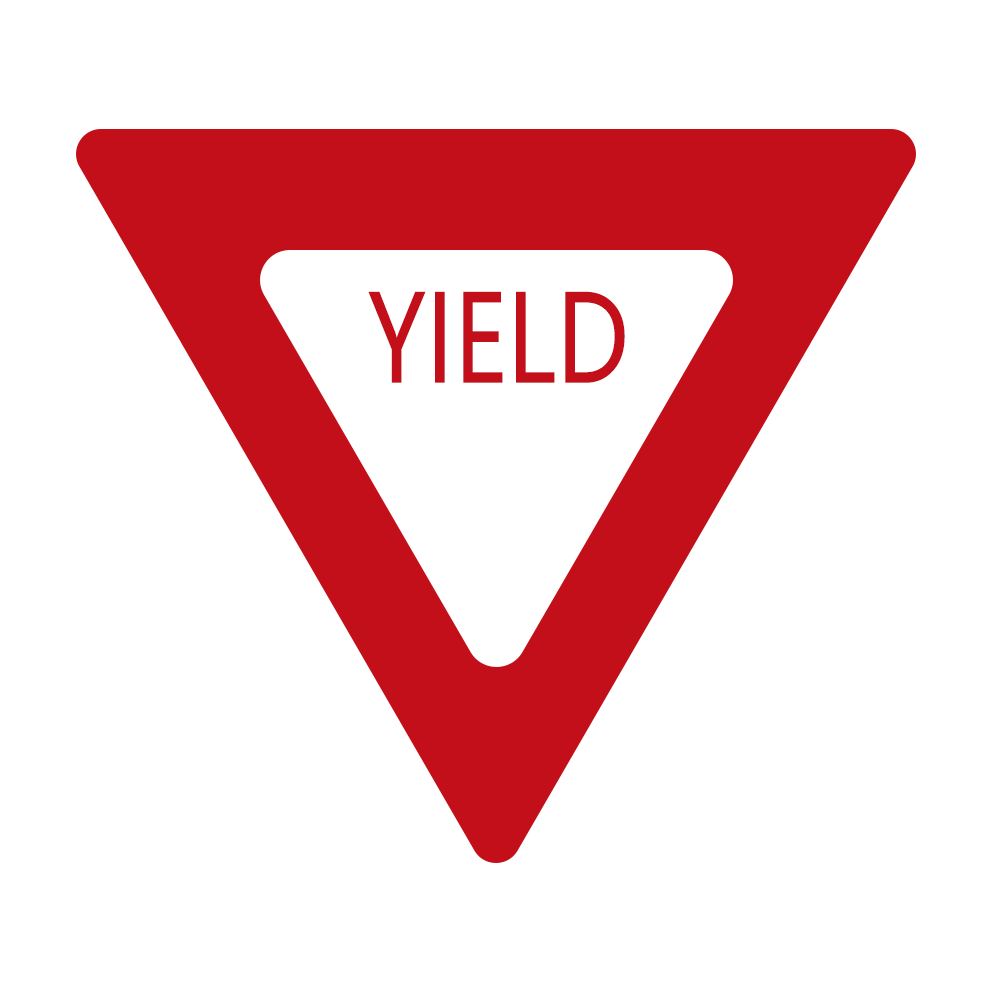
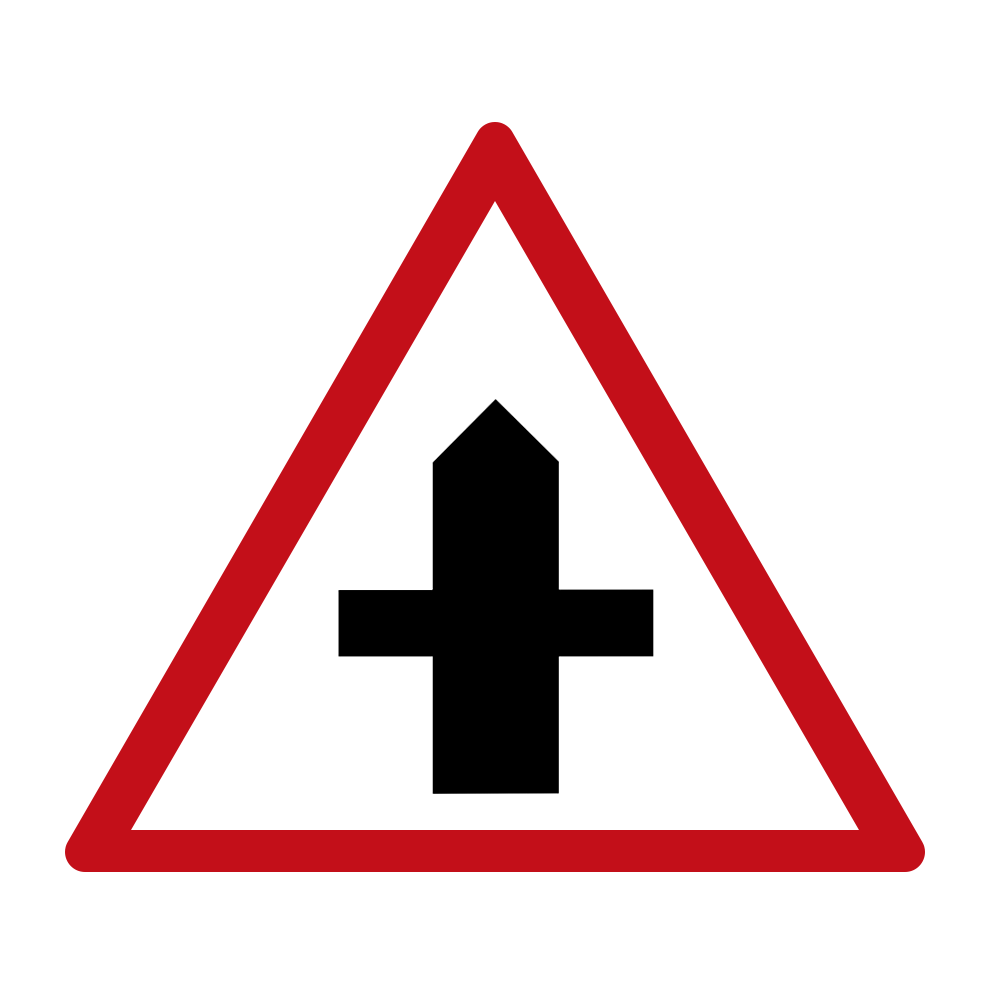
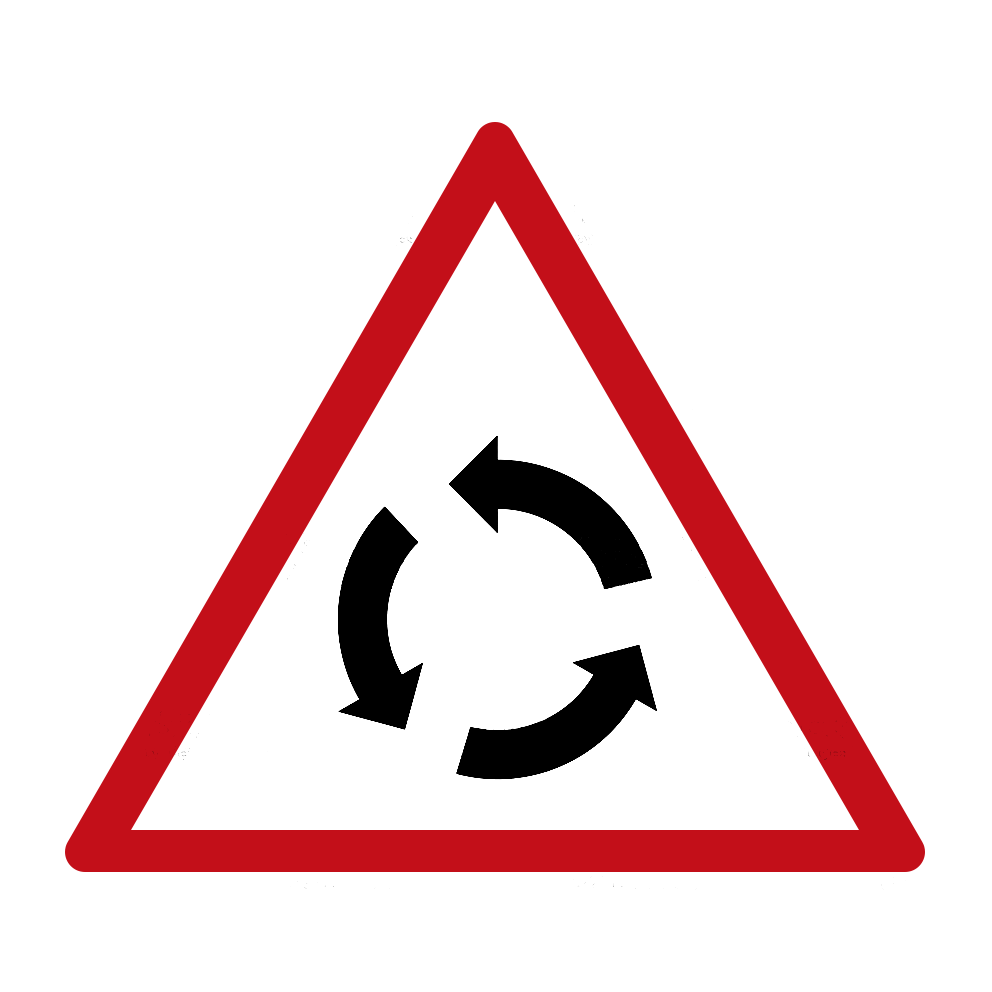
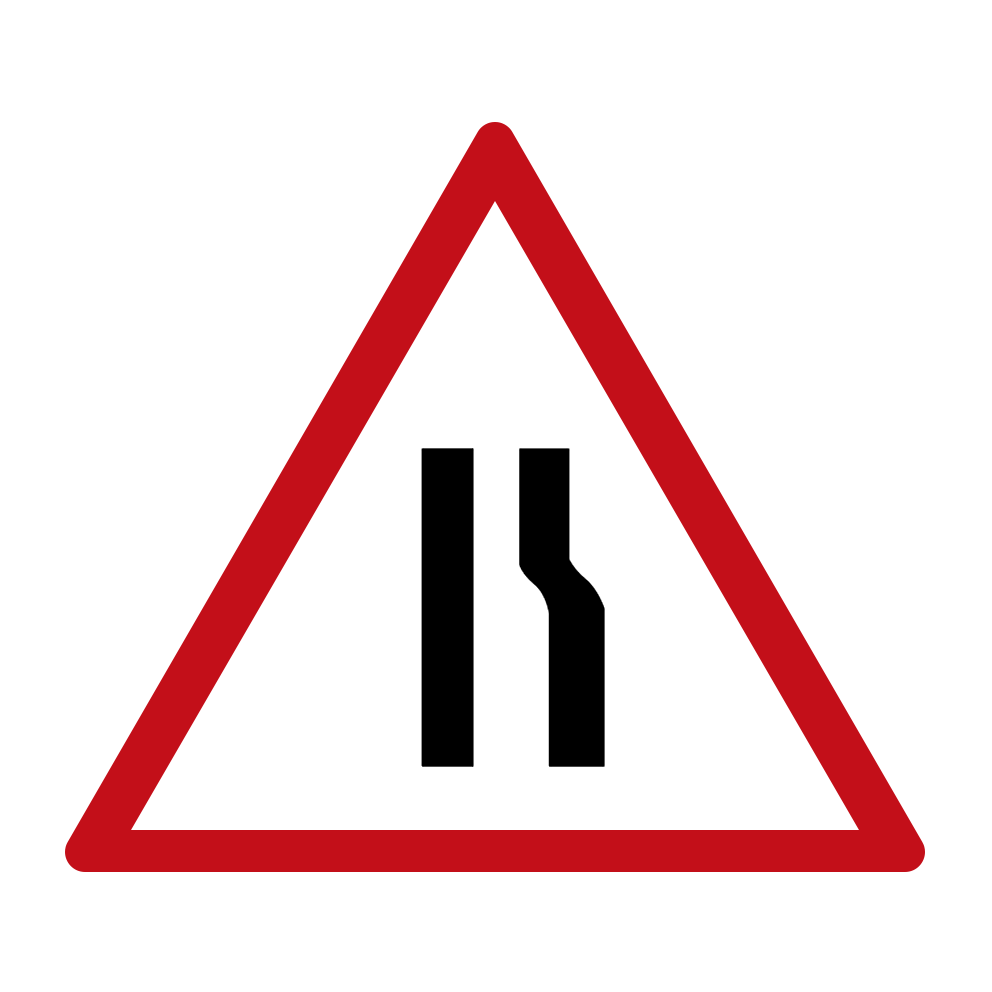
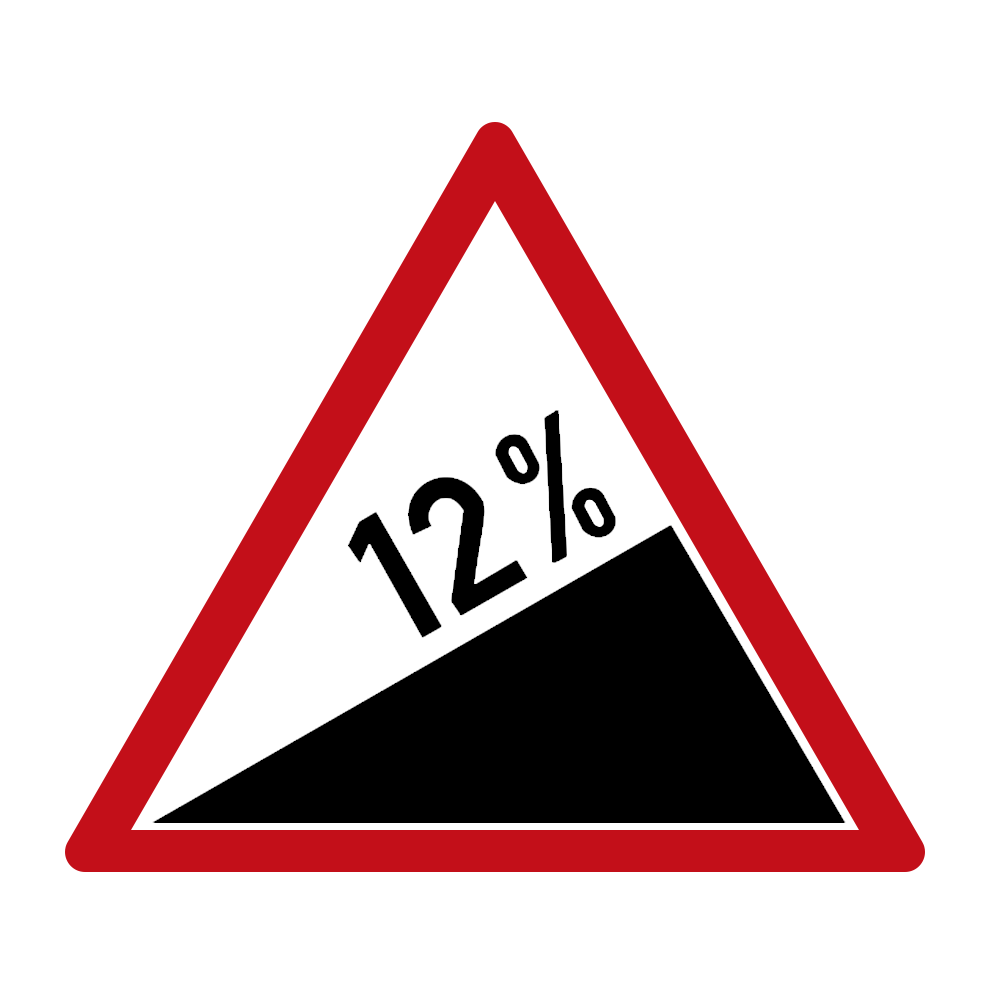
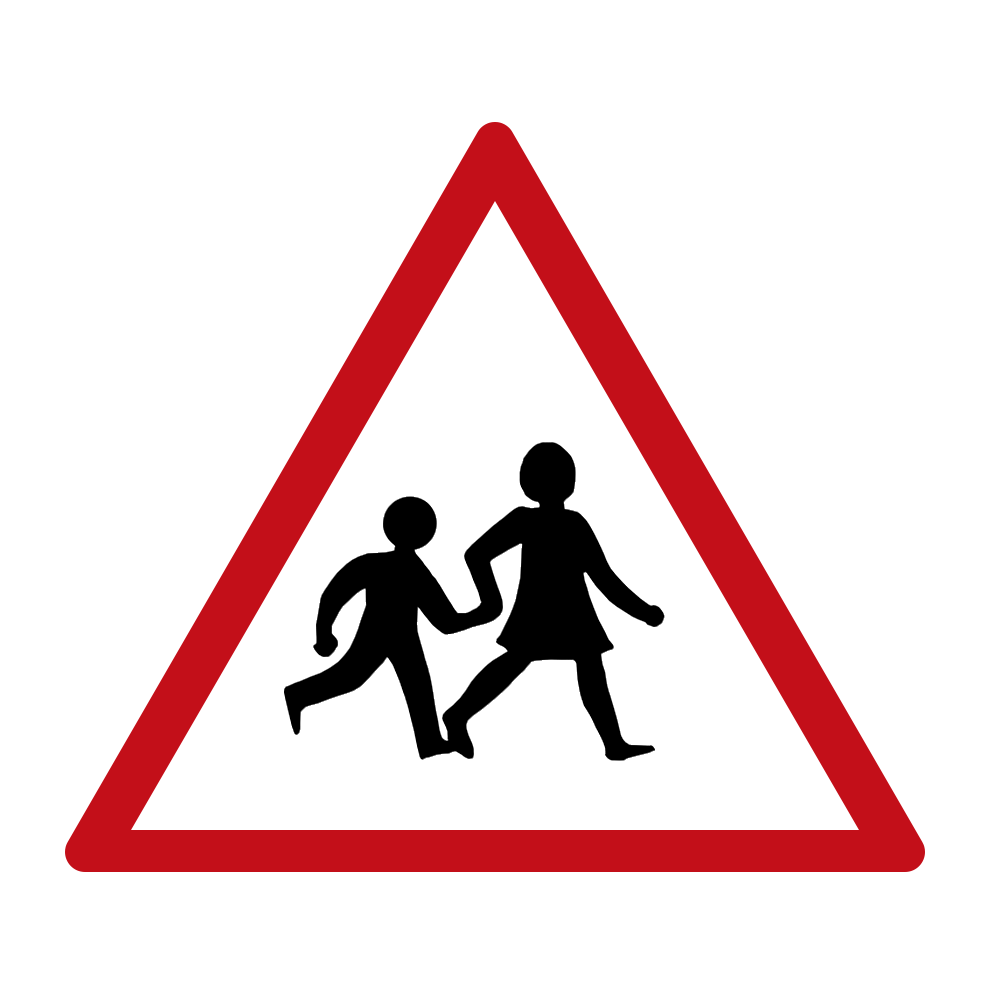
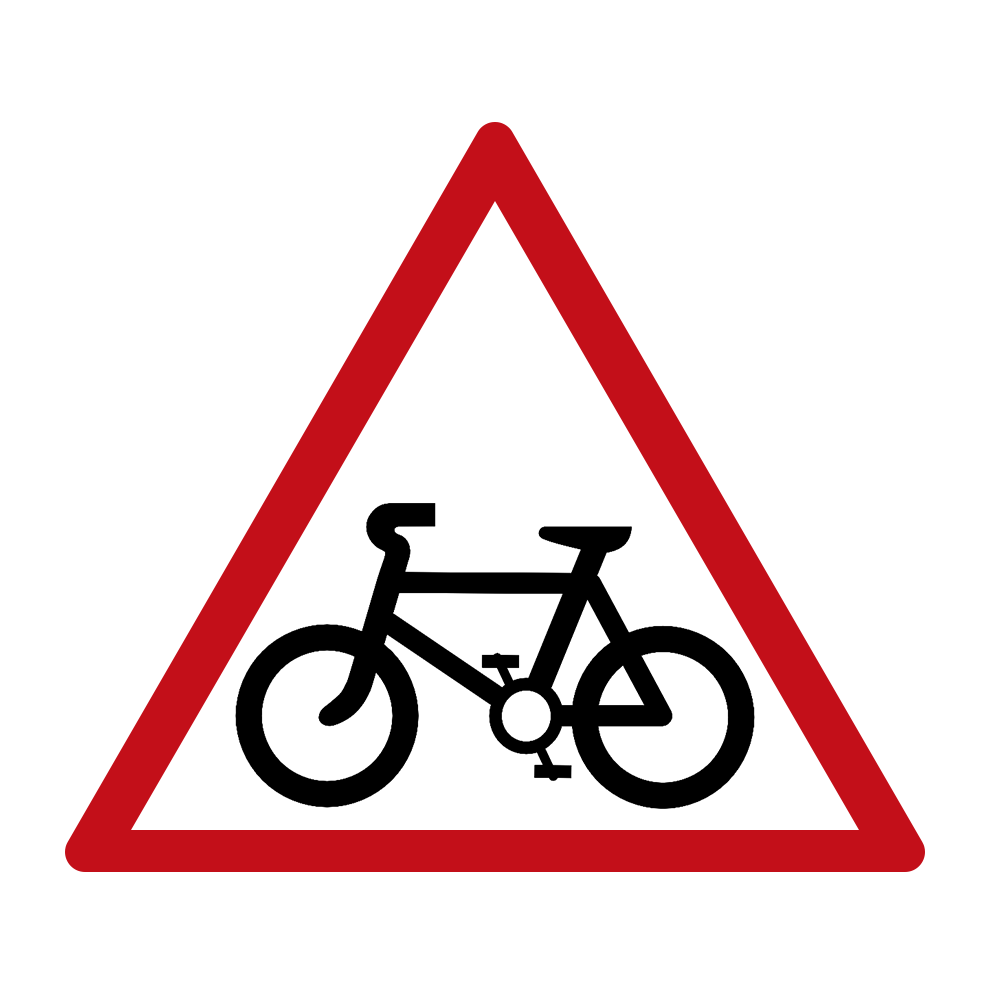
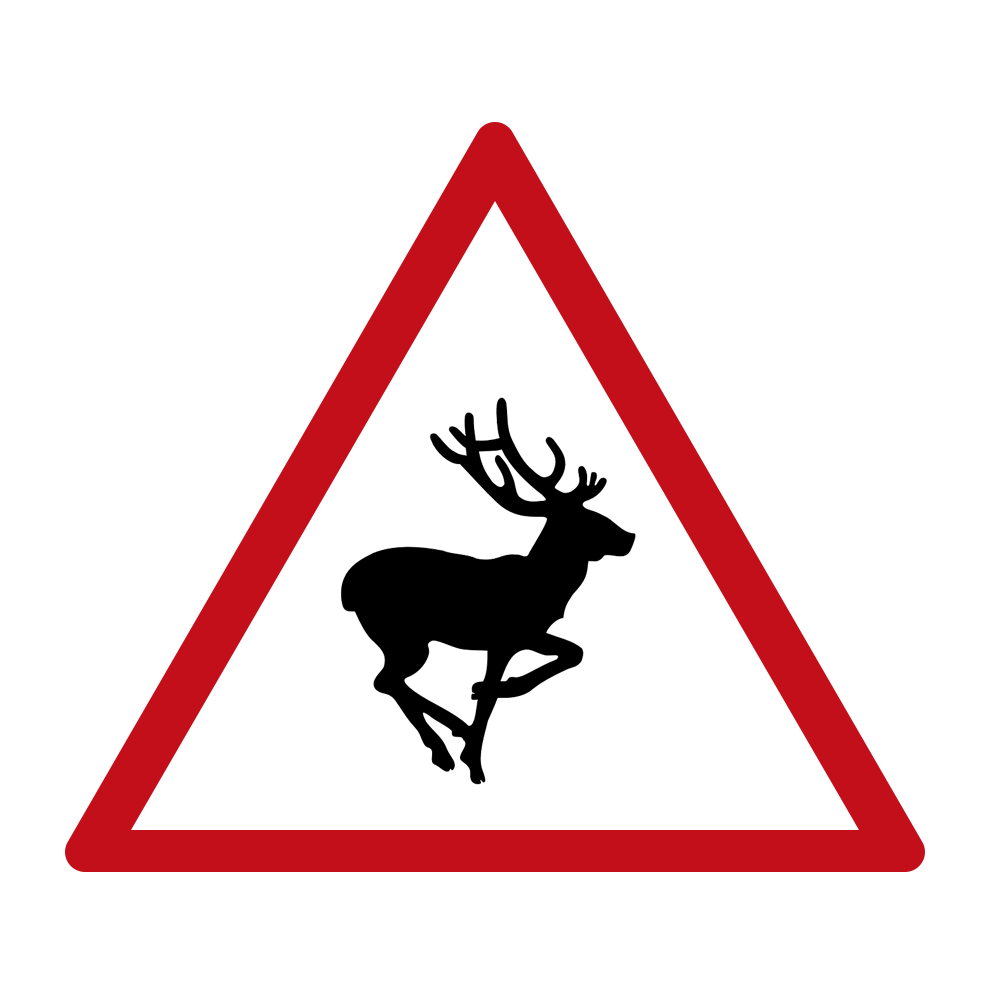
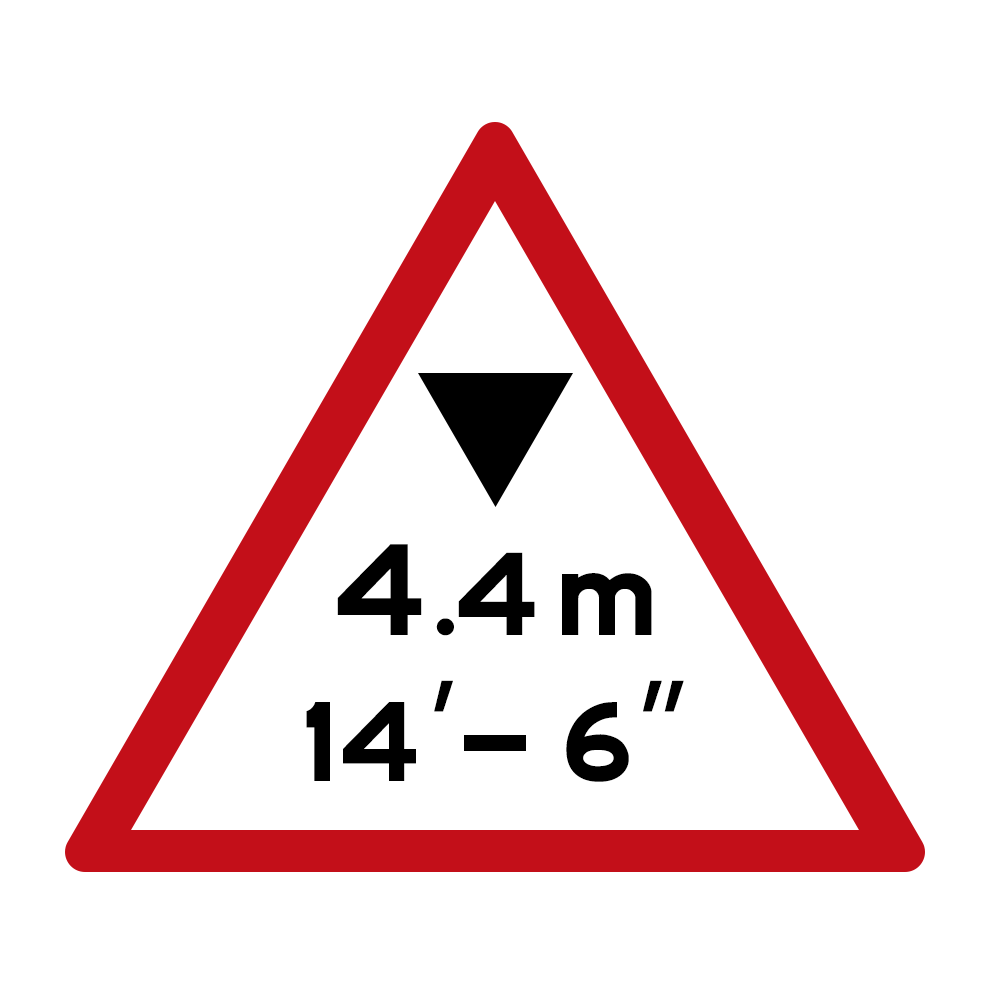
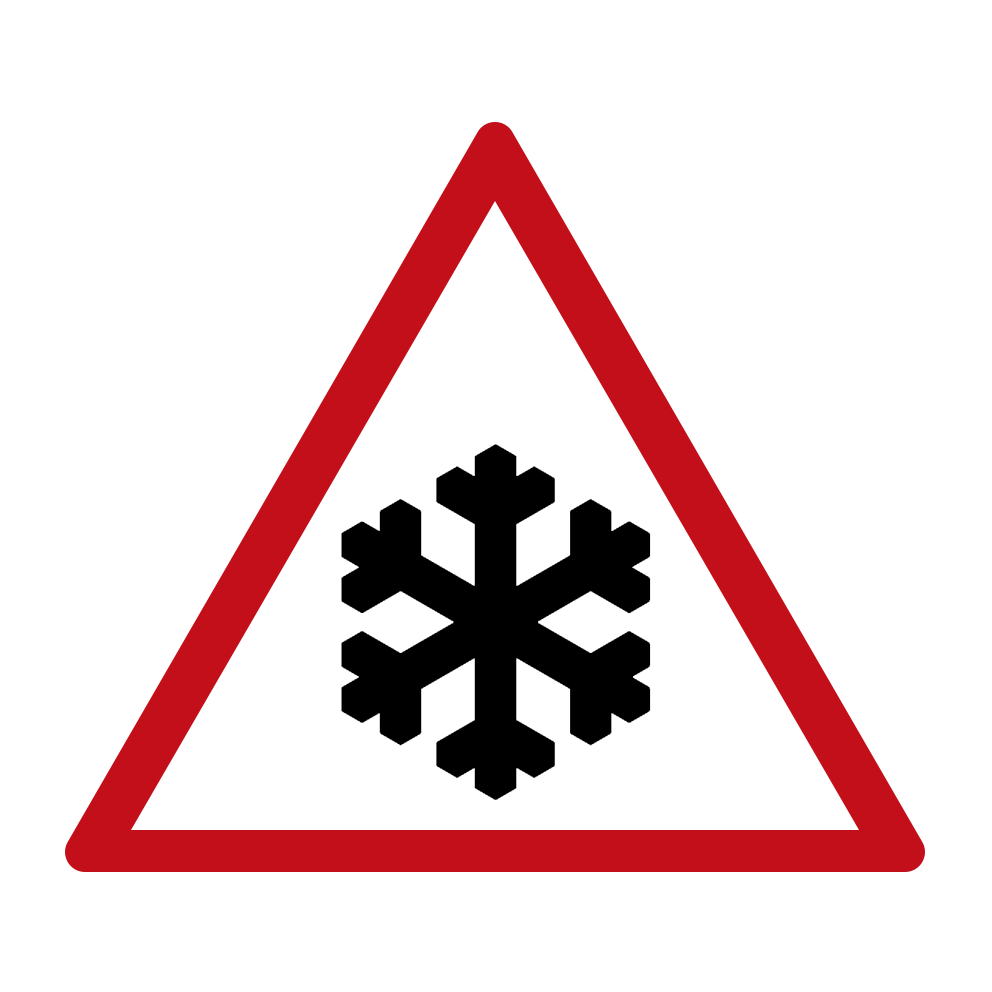
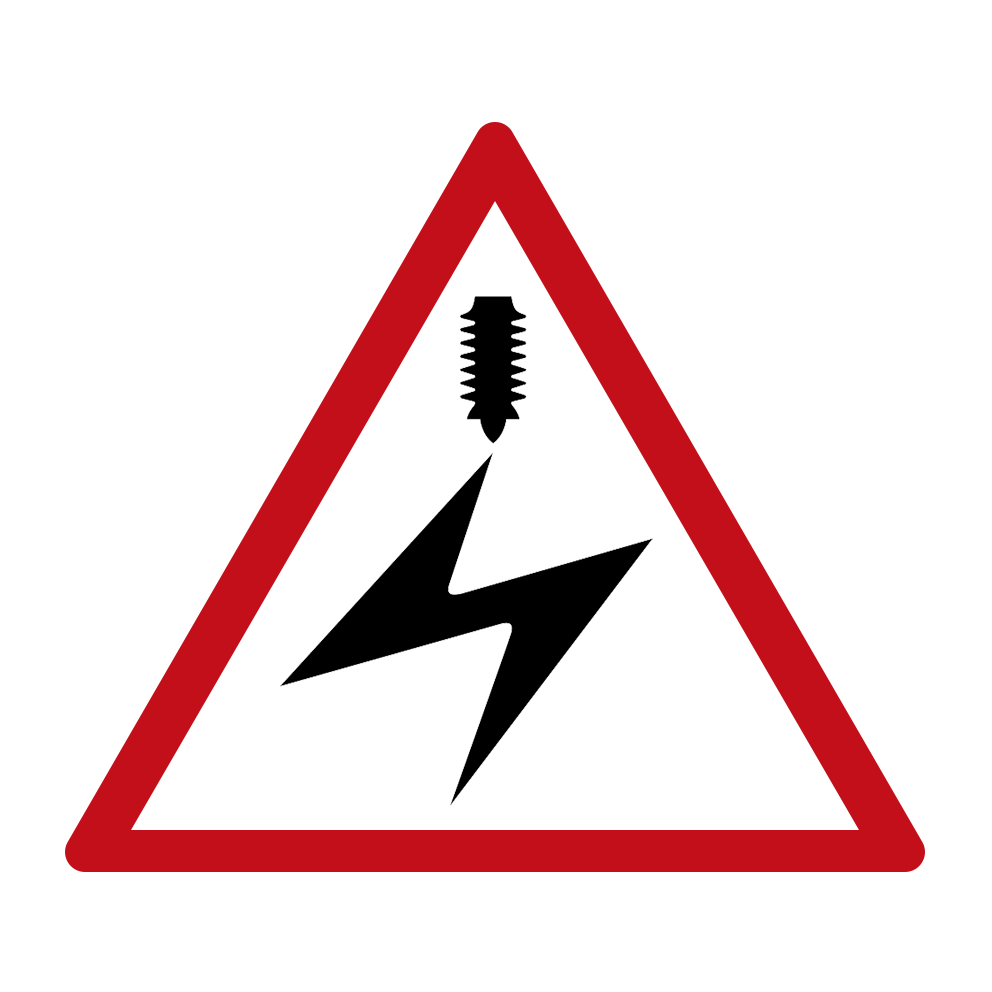
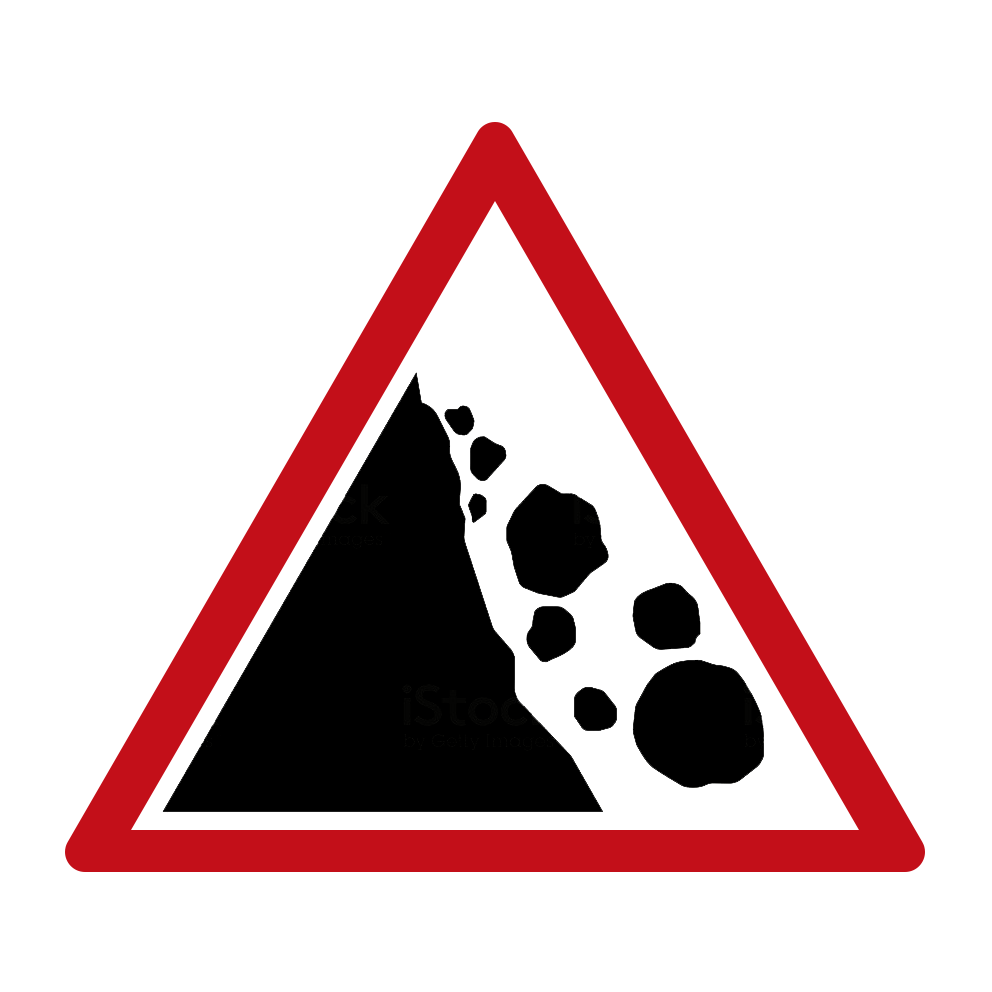
Pennant-shaped traffic signs are used to indicate “No Passing Zones.” These zones are designated areas where overtaking or passing other vehicles is prohibited due to safety concerns, such as limited visibility, narrow roads, or upcoming hazards. Pennant-shaped signs serve as a clear warning to drivers to refrain from passing and maintain a safe following distance.
Pennant-shaped signs are typically yellow with black lettering. They are positioned on the left side of the road, facing oncoming traffic. The shape resembles a triangular flag or pennant, making it easily recognizable and distinguishable from other traffic signs.
Here are some of the characteristics of pennant-shaped traffic signs:
Drivers encountering pennant-shaped traffic signs should adhere to the following guidelines:
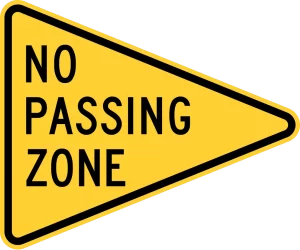
Rectangular traffic signs are a common type of traffic sign used to convey a wide range of information to drivers. They are typically oriented vertically or horizontally and can be found in various colors, including white, yellow, green, and blue, each indicating a different type of information.
Regulatory rectangular signs are used to inform drivers of rules and regulations they must follow, such as speed limits, no-turn restrictions, and parking regulations. These signs are typically white with black or red lettering, making them easily visible against different backgrounds. Some examples of regulatory rectangular signs include:
Guide rectangular signs provide directions and guidance to drivers, indicating upcoming turns, road closures, or notable destinations. These signs are often green with white lettering, making them stand out in natural environments. Some examples of guide rectangular signs include:
Rectangular signs offer drivers non-regulatory information, such as distance to destinations, service stations, or rest areas. These signs are typically white with black lettering, ensuring clear communication of important information. Some examples of information rectangular signs include:
Warning rectangular signs alert drivers to hazards such as slippery roads, sharp curves, or animal crossing. These signs are typically yellow with black lettering, highlighting the need for caution and attention. Some examples of warning rectangular signs include:
The right angles of rectangles and squares impart practicality, structure, and clear direction – ideal for regulatory or guide signs. This versatility explains the abundance of straight-edged placards dotting roads.
Common Rectangular Sign Purposes:
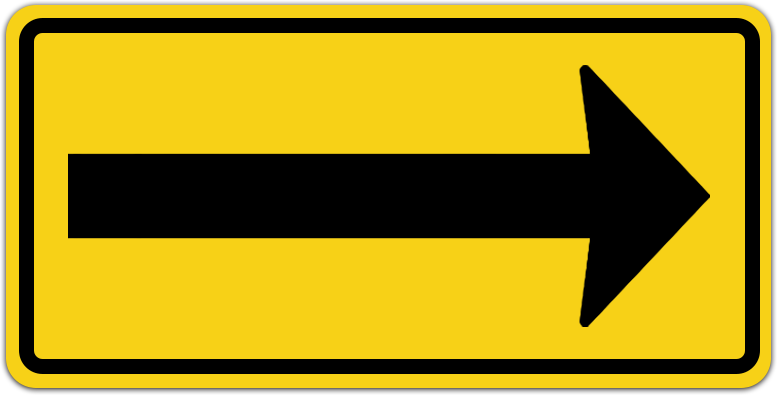
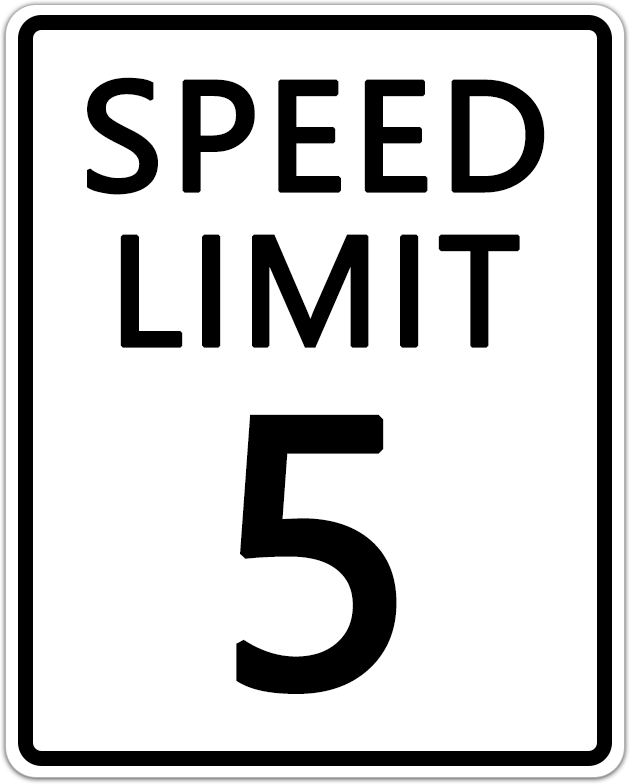
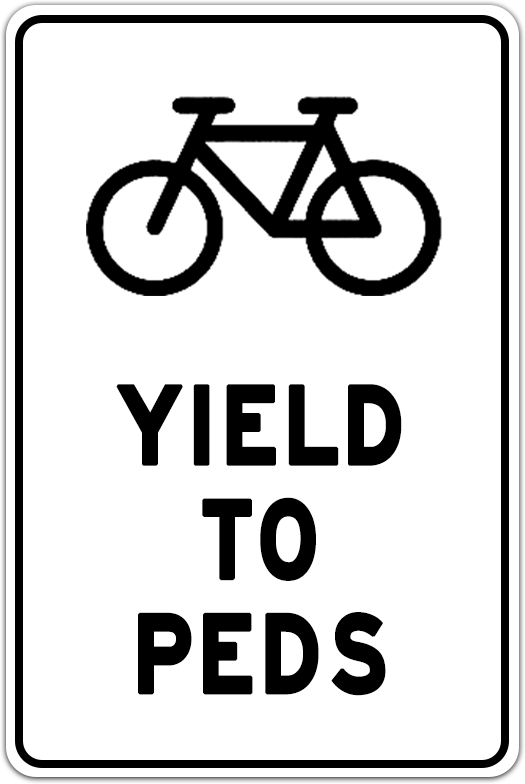
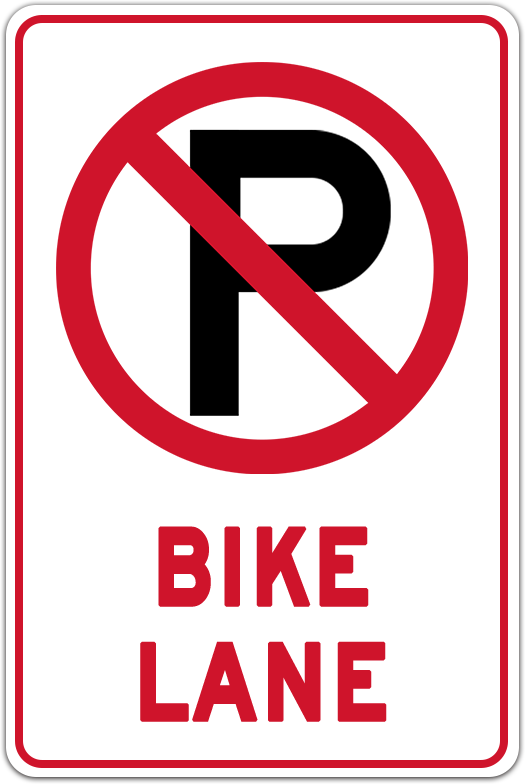
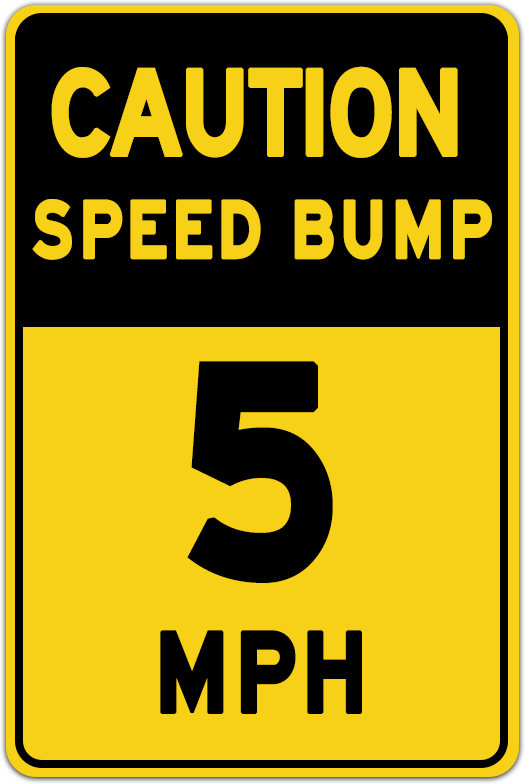
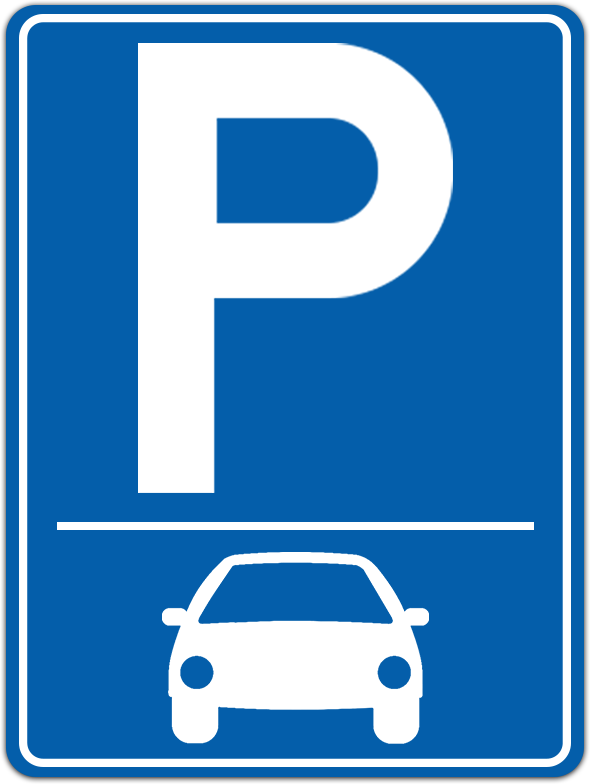
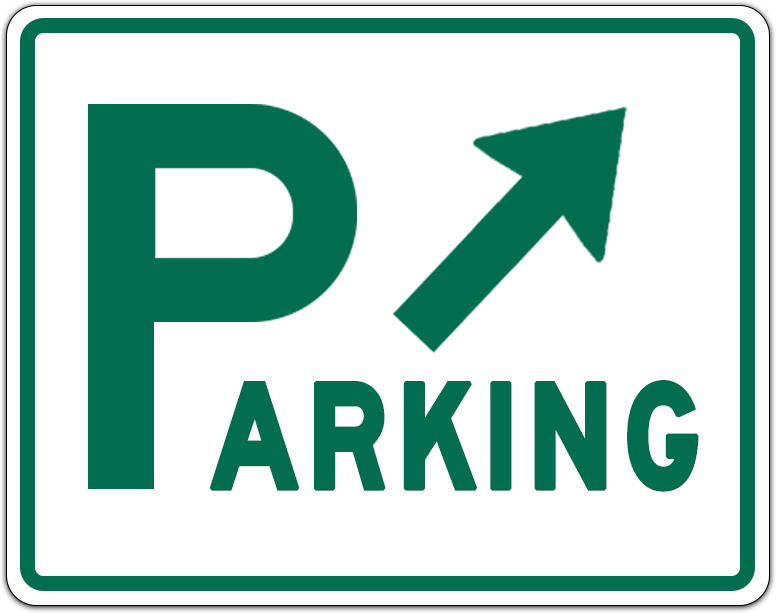
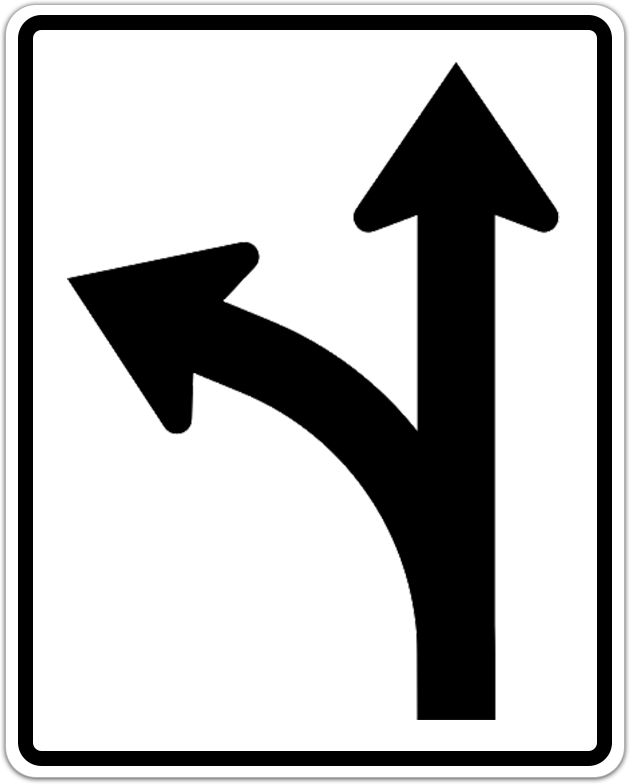




Square traffic signs are a less common type of traffic sign compared to circular, triangular, and rectangular signs. They are typically used for specific purposes and often have a distinctive appearance that sets them apart from other sign shapes.
1. Regulatory Square Signs: These signs are used to convey mandatory rules or restrictions, such as weight limits for vehicles or specific traffic movements. They are typically red with white lettering, emphasizing the importance of adhering to the regulations. Some examples include:
2. Guide Square Signs: These signs guide drivers, often indicating specific routes or destinations. They are usually blue with white lettering, providing guidance and direction. Some examples include:
3. Information Square Signs: These signs offer non-regulatory information to drivers, such as parking instructions or designated parking areas. They are typically white with black or blue lettering, ensuring clear communication of relevant information. Some examples include:
4. Warning Square Signs: These signs alert drivers to potential hazards or dangers, such as low bridges, overhead obstructions, or pedestrian crossings. They are typically yellow with black lettering, highlighting the need for caution and attention. Some examples include:
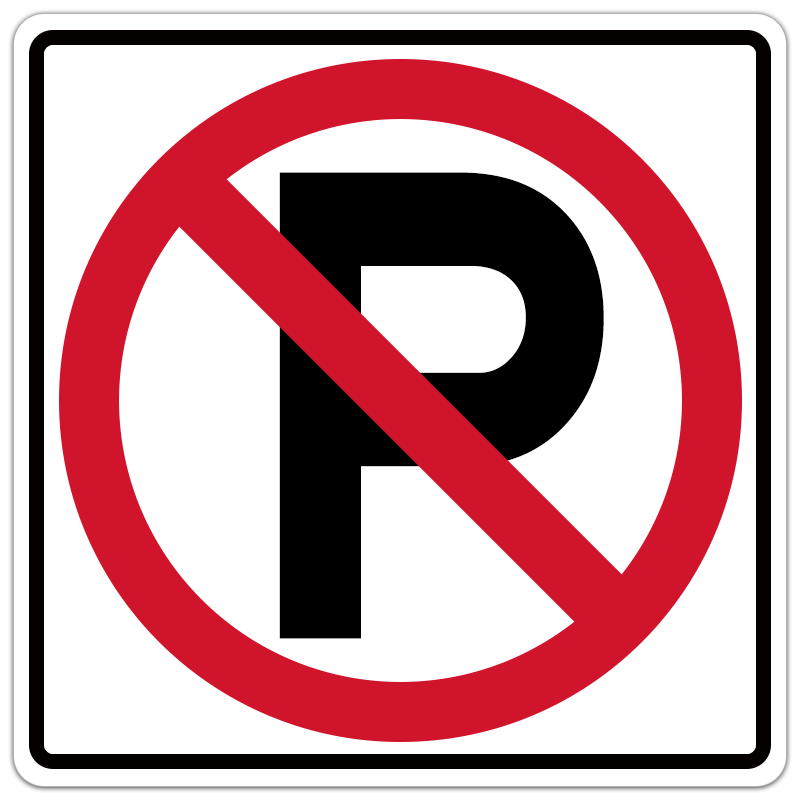
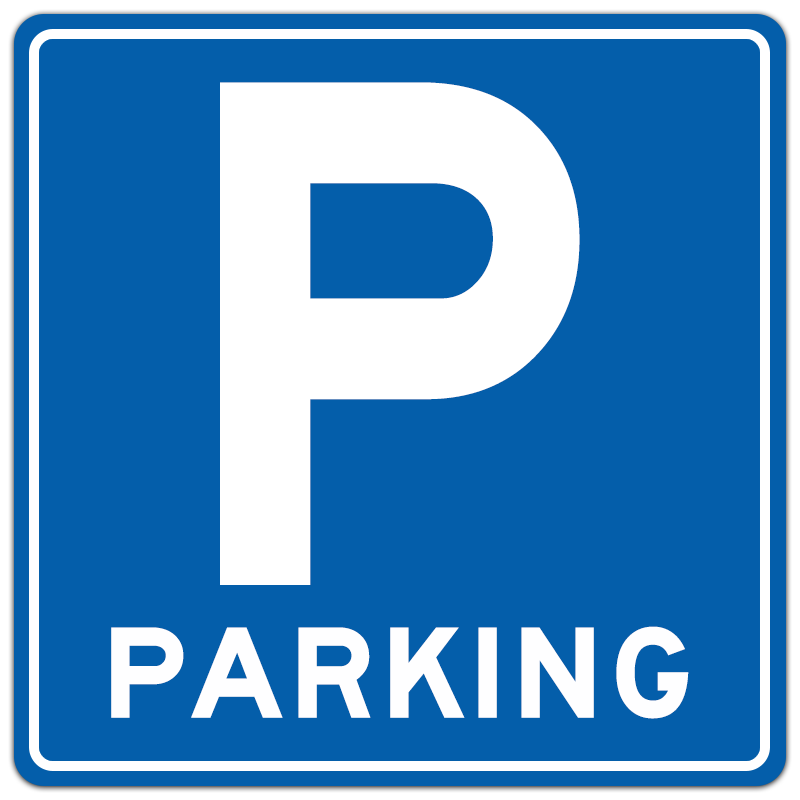
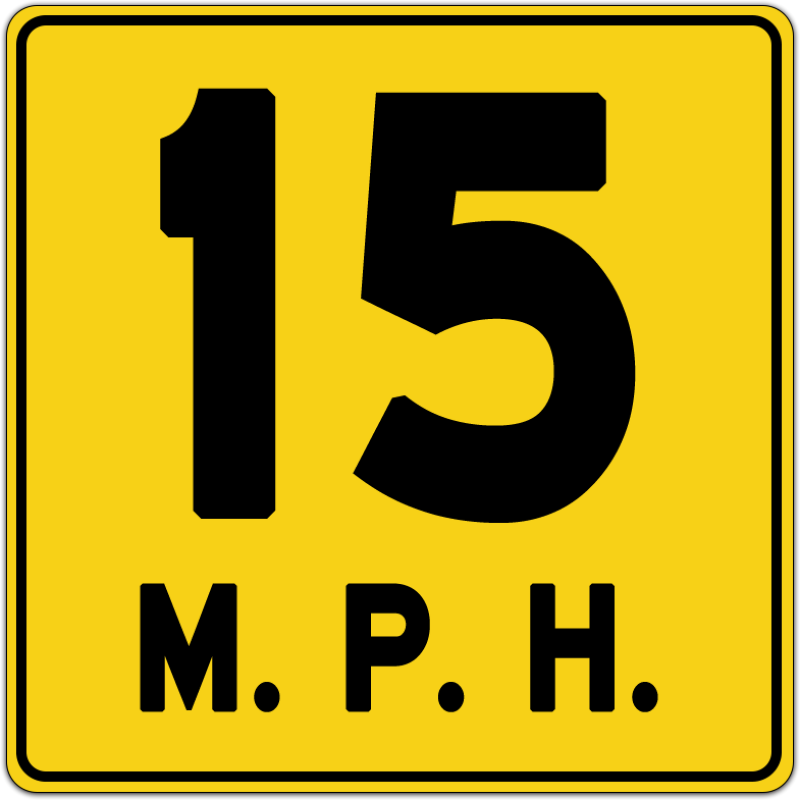
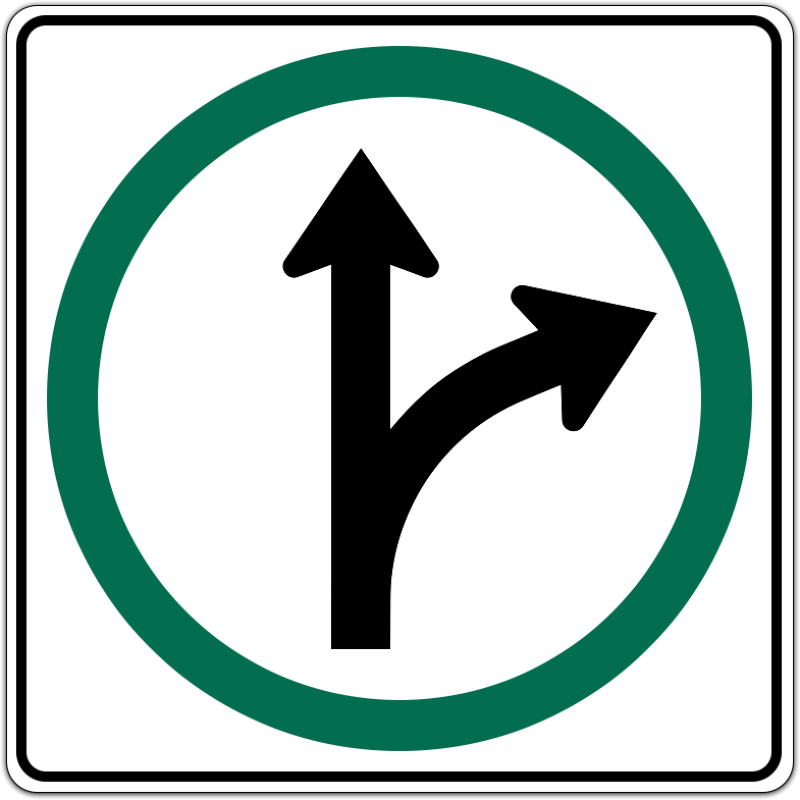
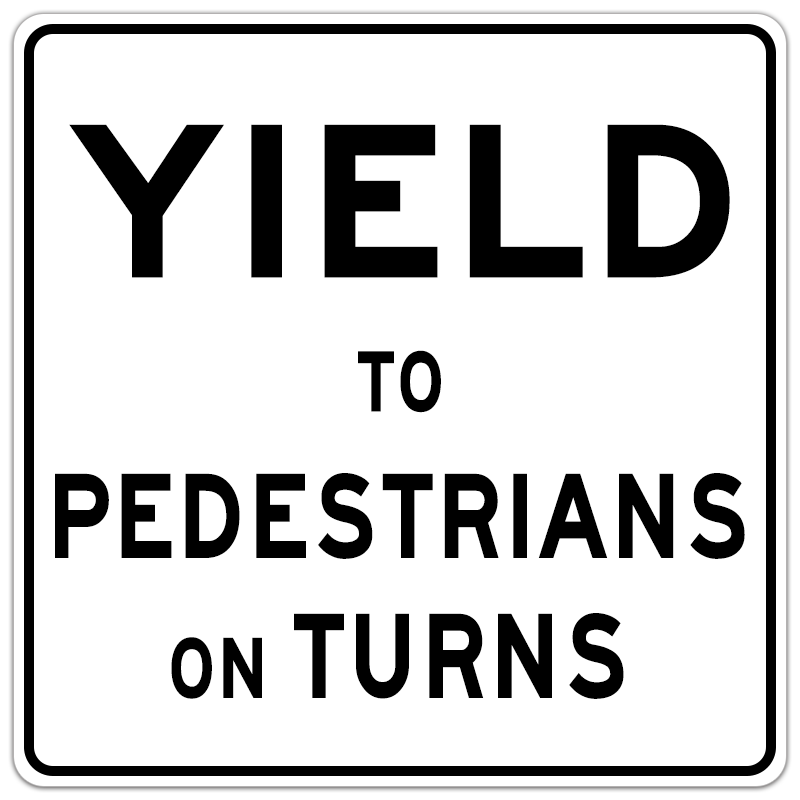
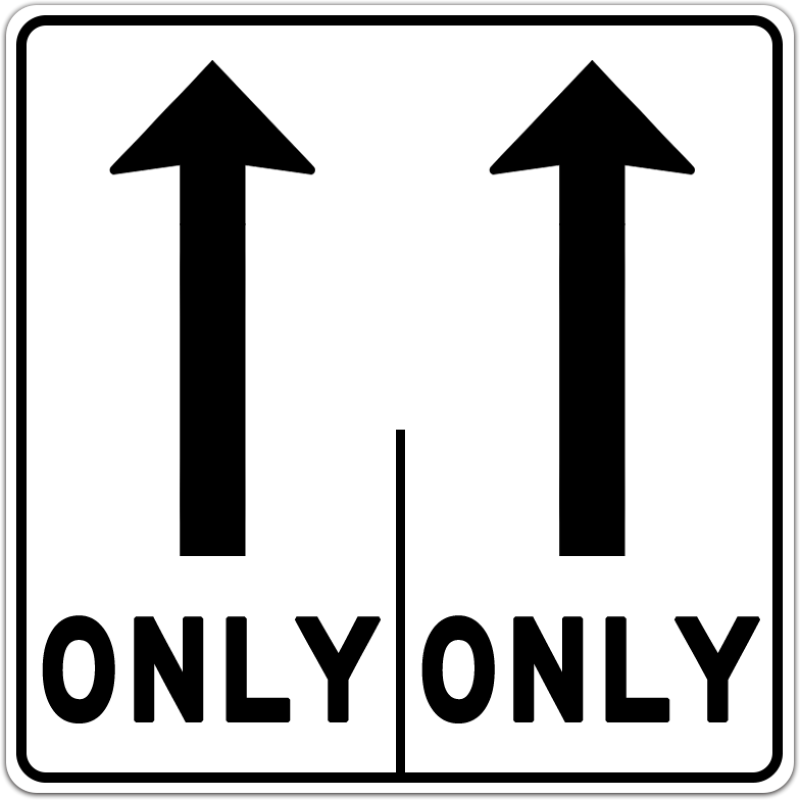
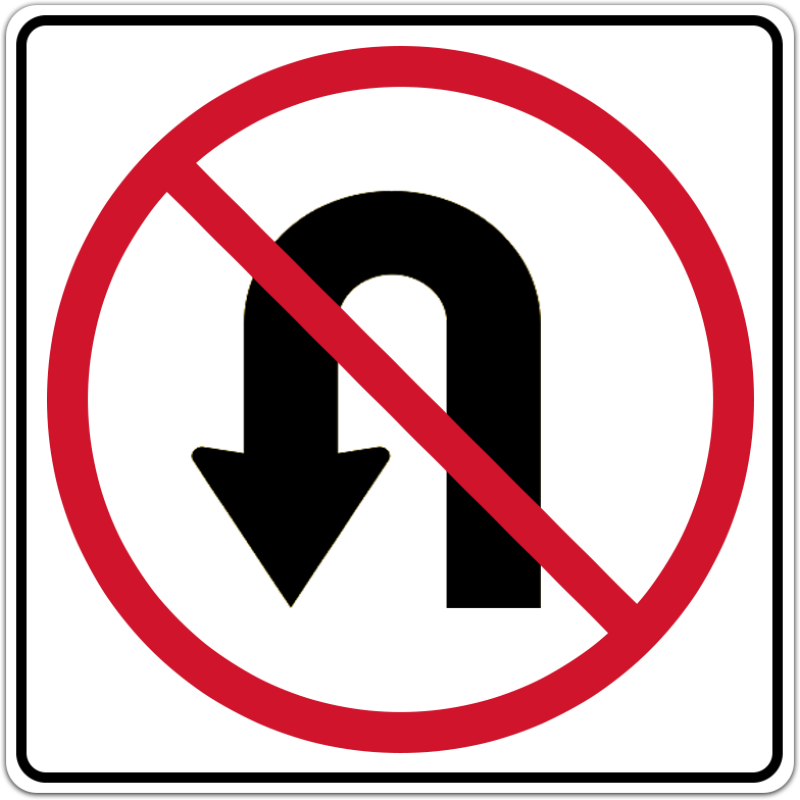
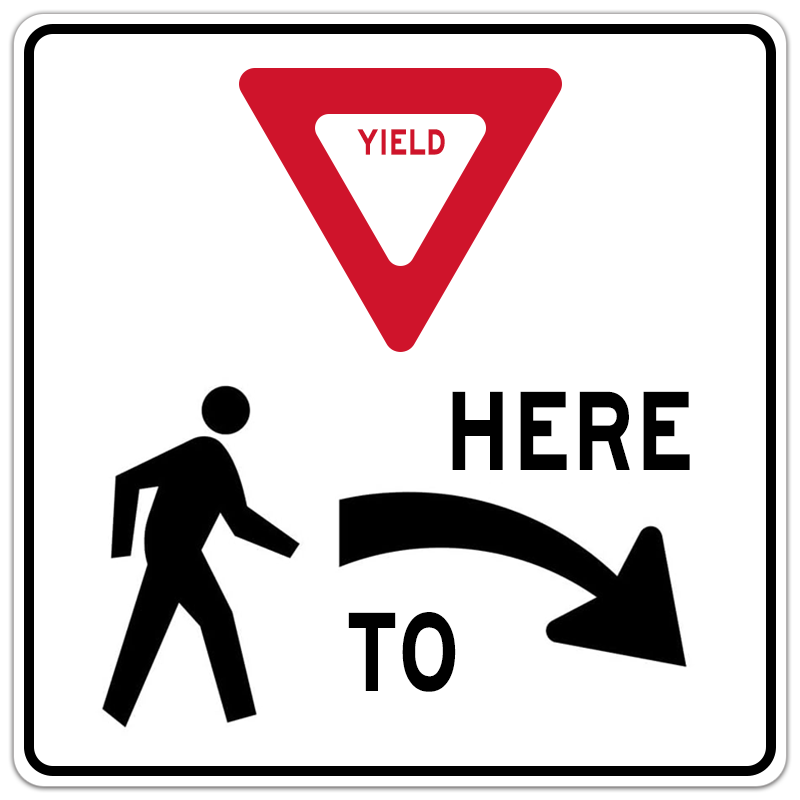
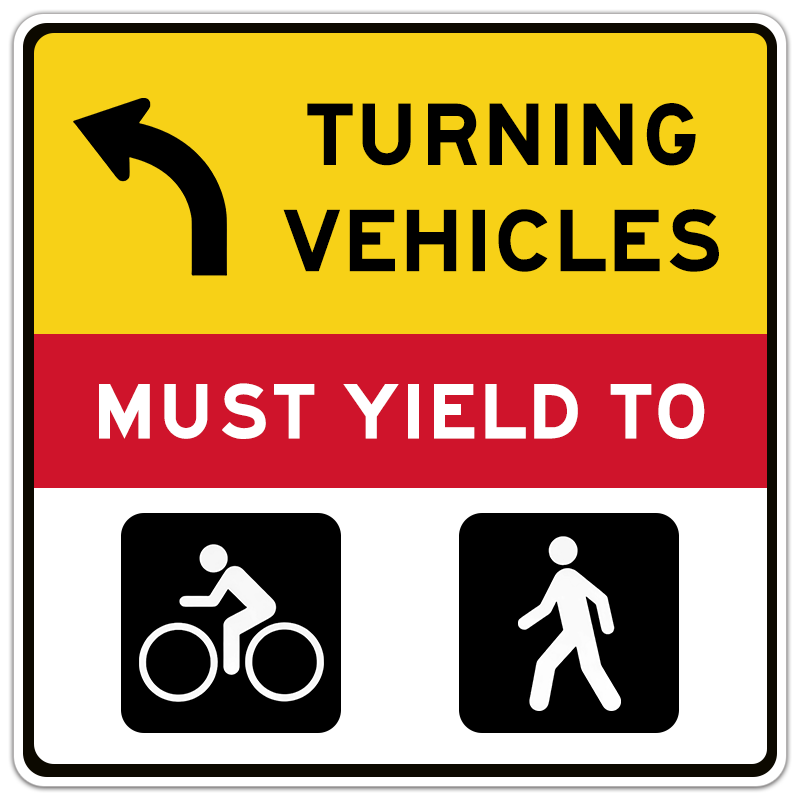
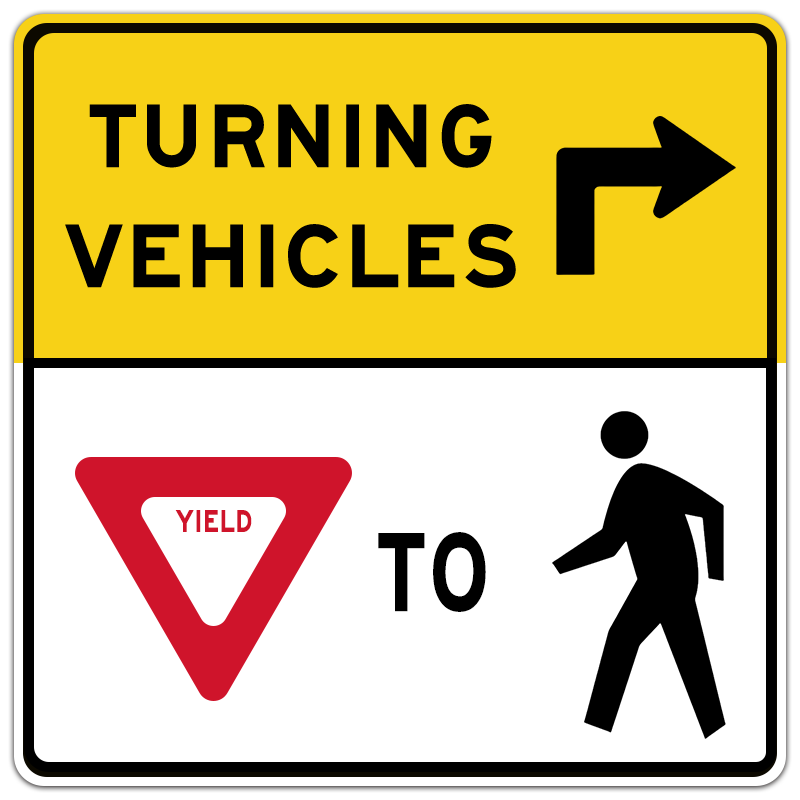
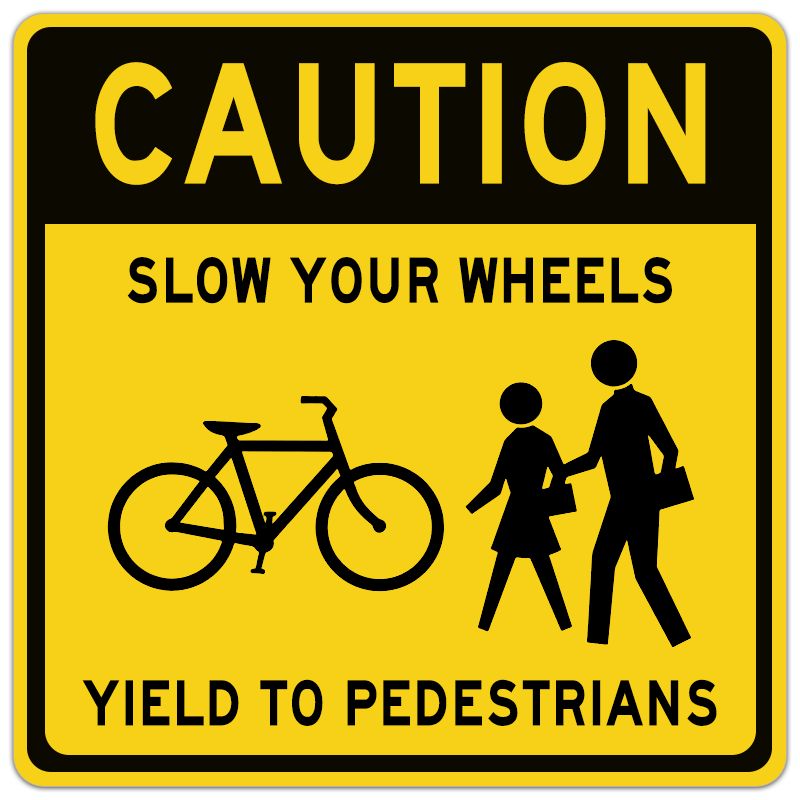
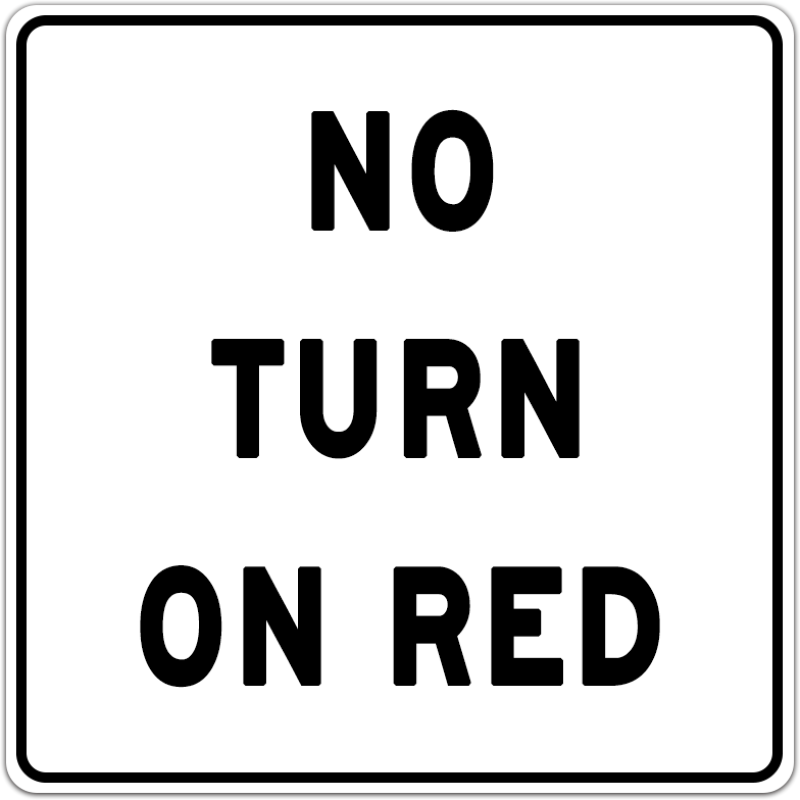
Diamond-shaped traffic signs are a type of warning sign used to alert drivers of potential hazards ahead. They are typically yellow with black lettering and may have a black border. Diamond-shaped traffic signs are generally used to warn drivers of the following:
Diamond-shaped traffic signs are essential for road safety, as they help to keep drivers alert and aware of potential hazards. Drivers should always be on the lookout for these signs and take appropriate action to avoid accidents.
Here are some examples of diamond-shaped traffic signs:
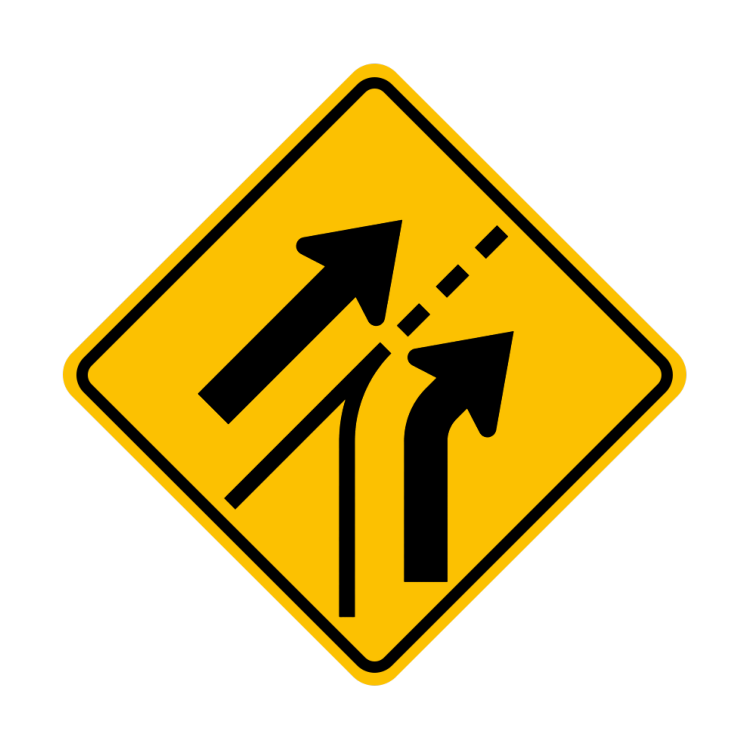
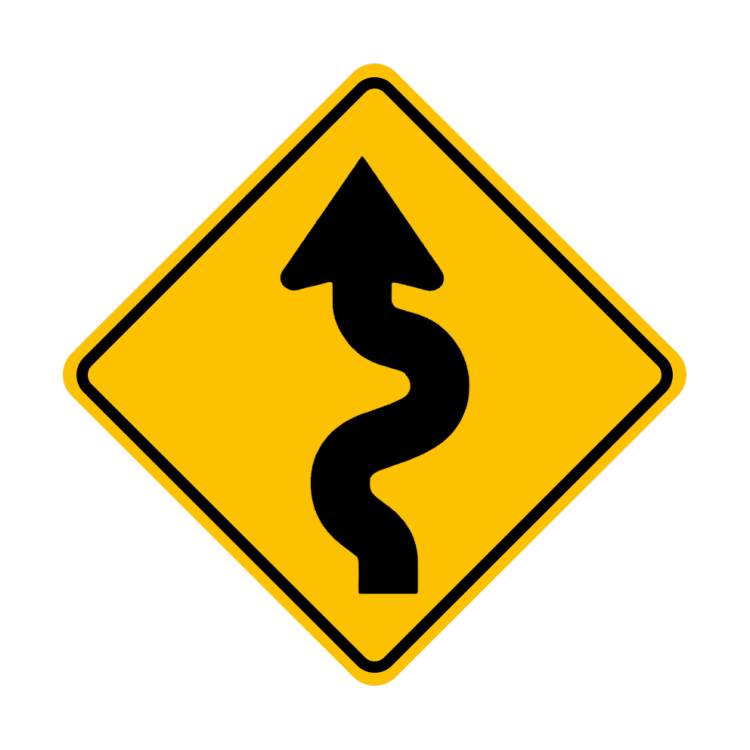
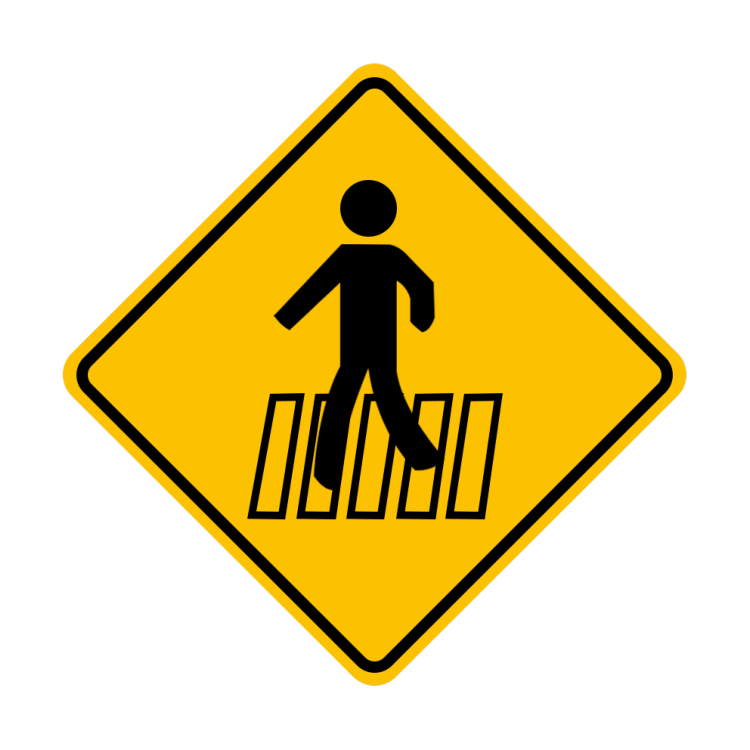
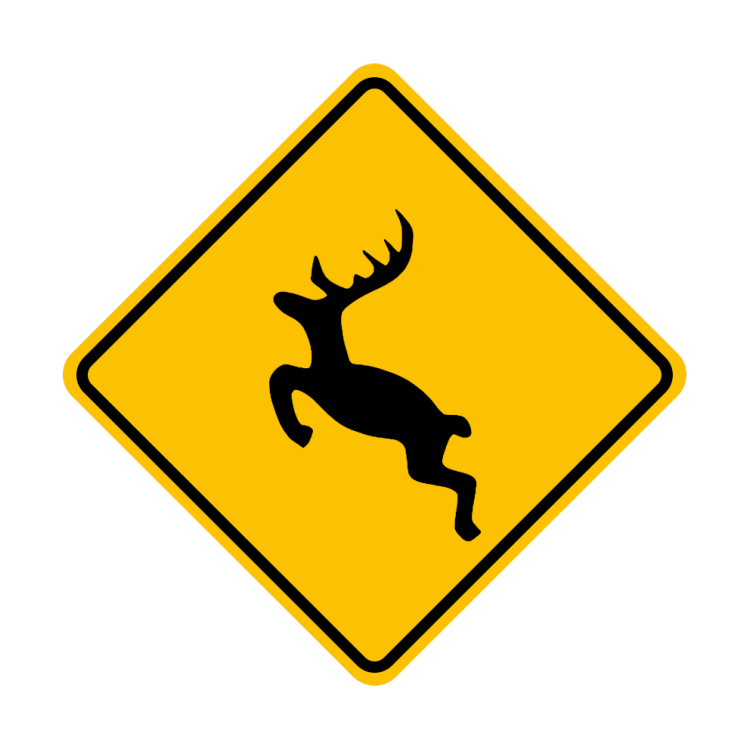
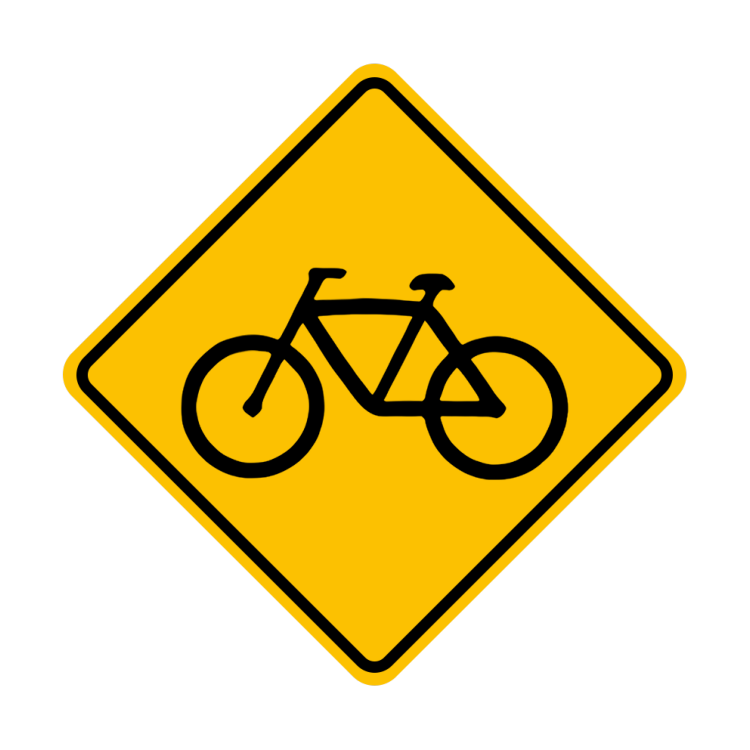
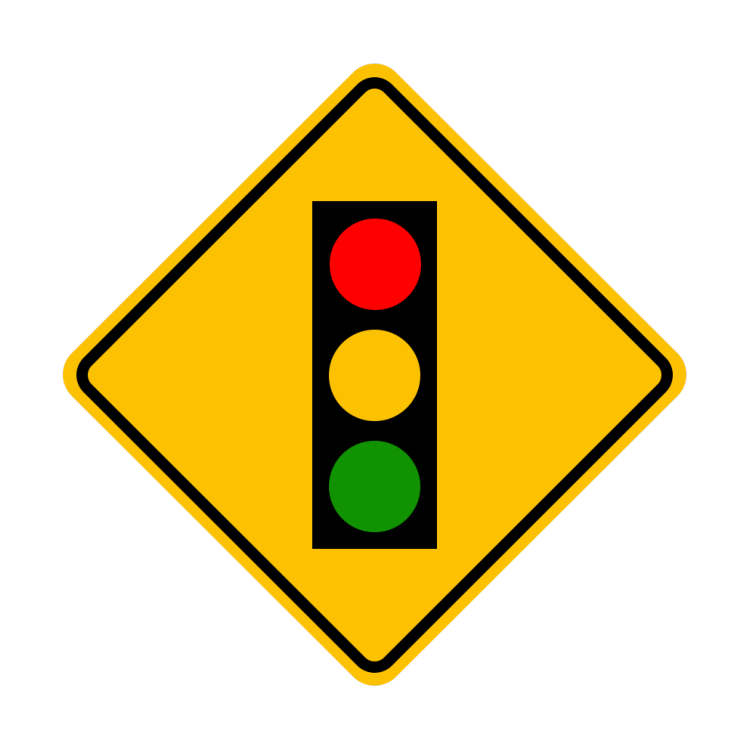
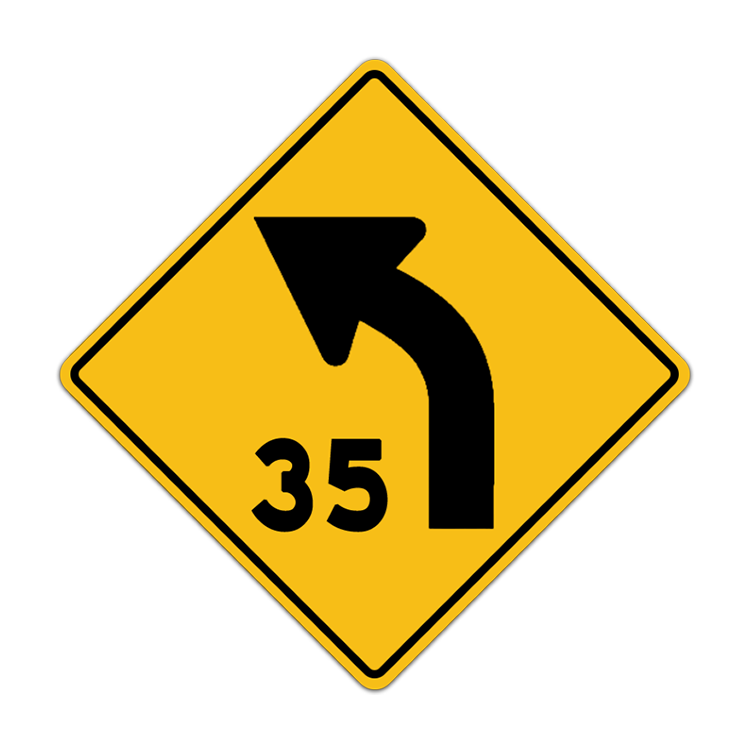
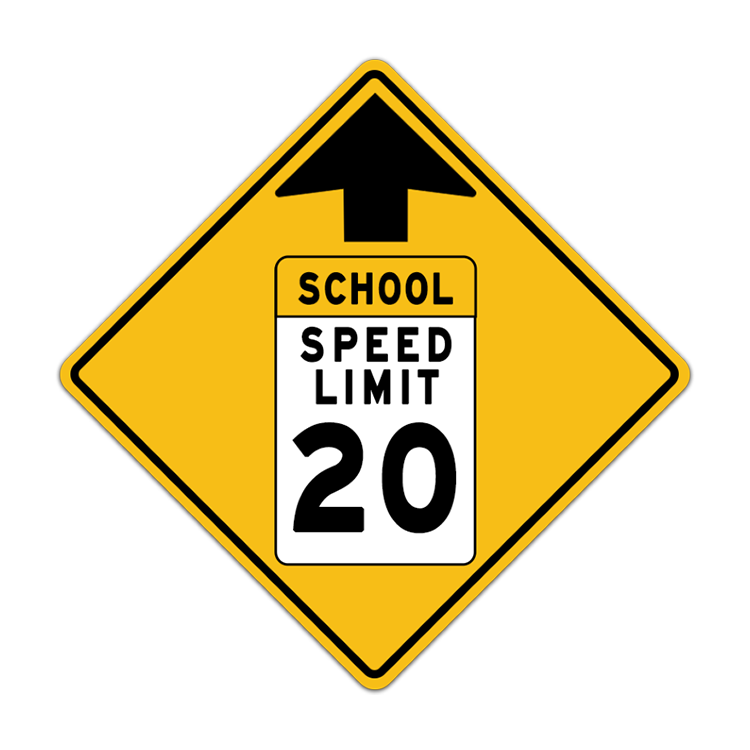
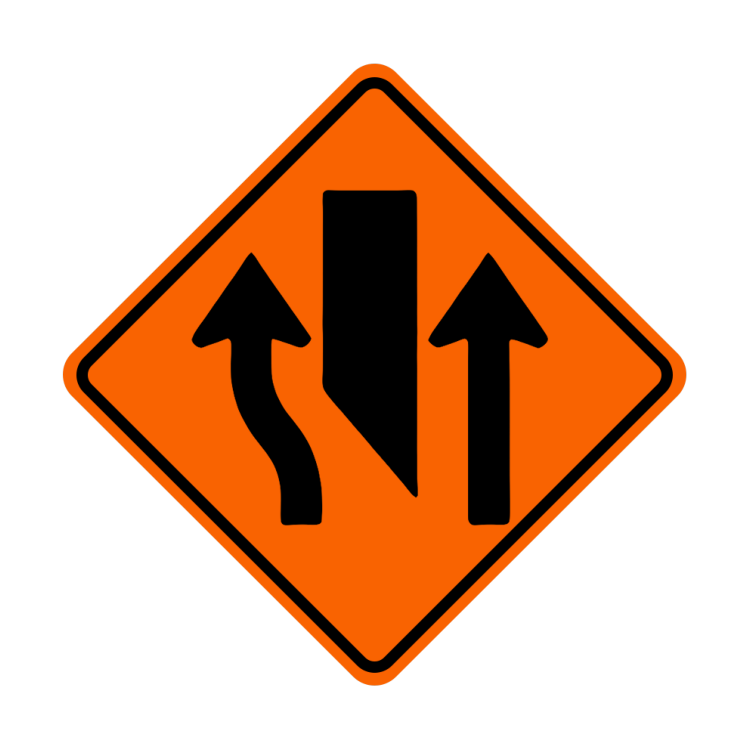
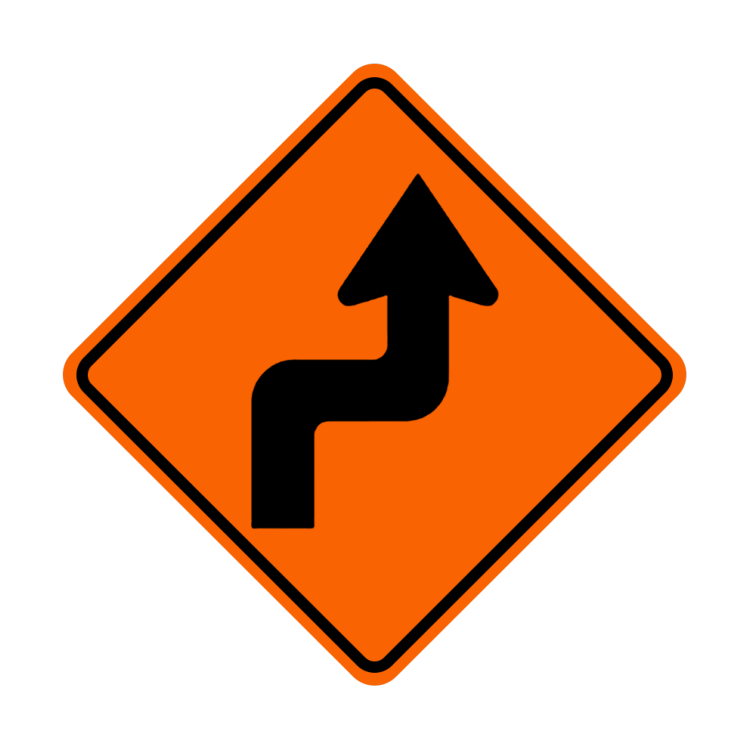
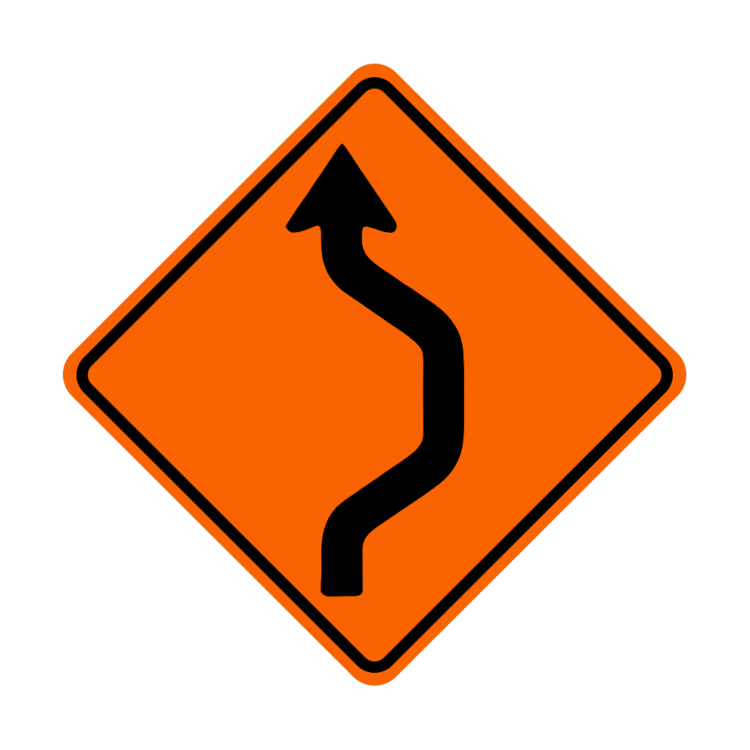
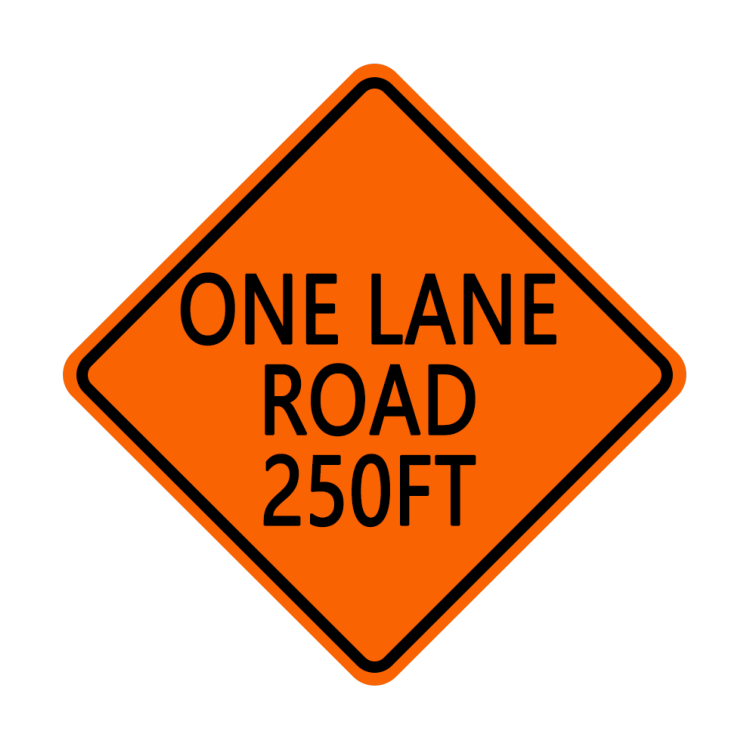
Pentagon-shaped traffic signs are primarily used to indicate school zones or school crossing zones. They are typically fluorescent yellow-green with black silhouettes of a schoolboy and a schoolgirl. These signs serve as a crucial warning to drivers to exercise caution and be extra vigilant in areas where children may be present.
Using pentagon-shaped signs for school zones or crossing zones is a globally recognized practice, ensuring consistency in traffic signage and promoting road safety for children worldwide. The bright yellow-green color and contrasting black silhouettes make these signs highly visible, even during low-light conditions or from a distance.
Drivers encountering pentagon-shaped traffic signs should take the following precautions:
Pentagon signs build upon the alert effects of triangles by ramping up points. The more agitated shape mirrors increased urgency to danger. Expect abundant use around school zones.
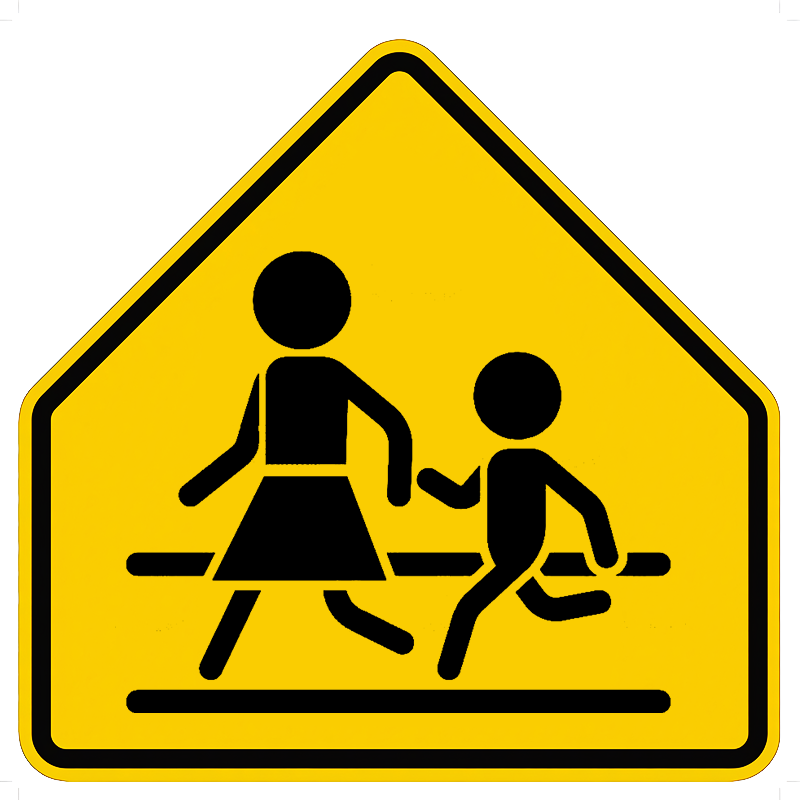
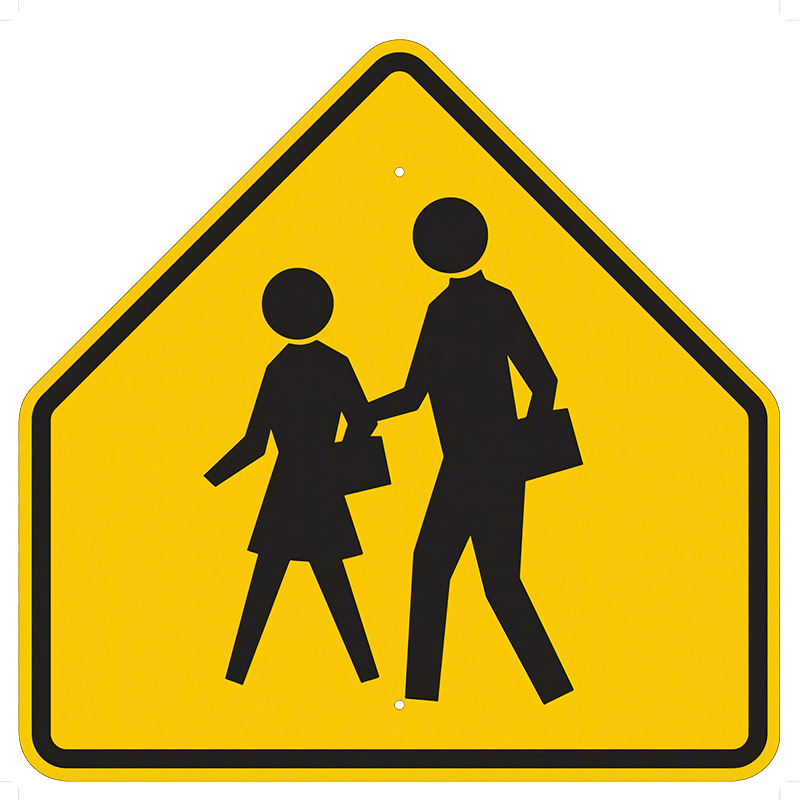
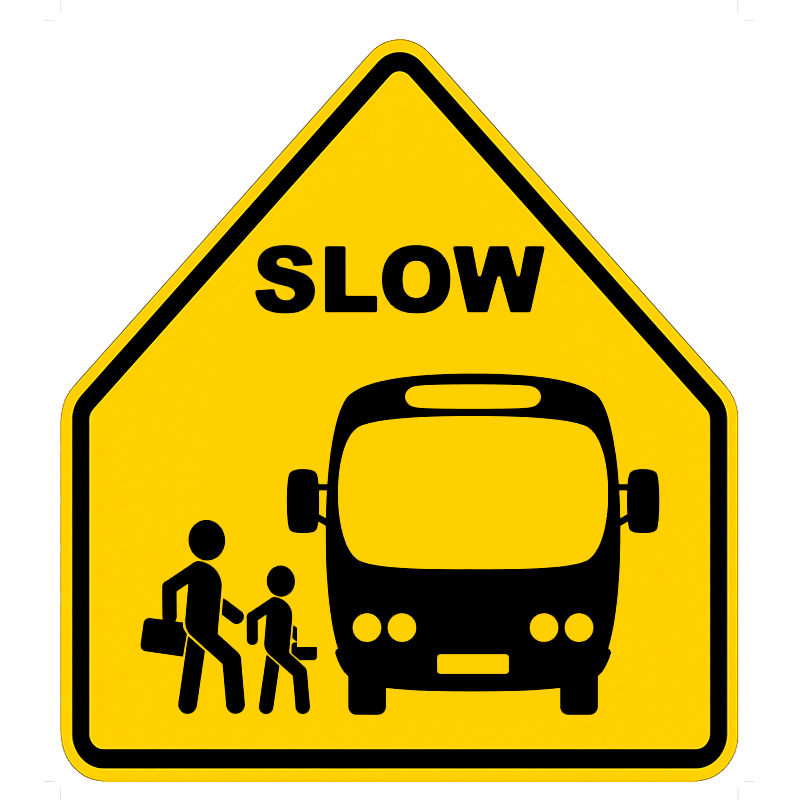
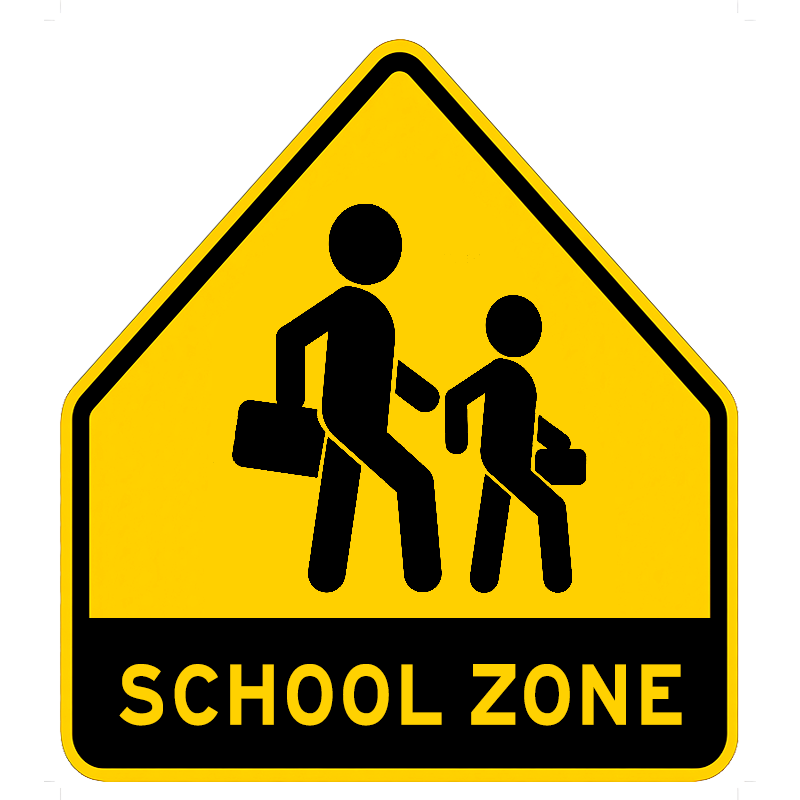
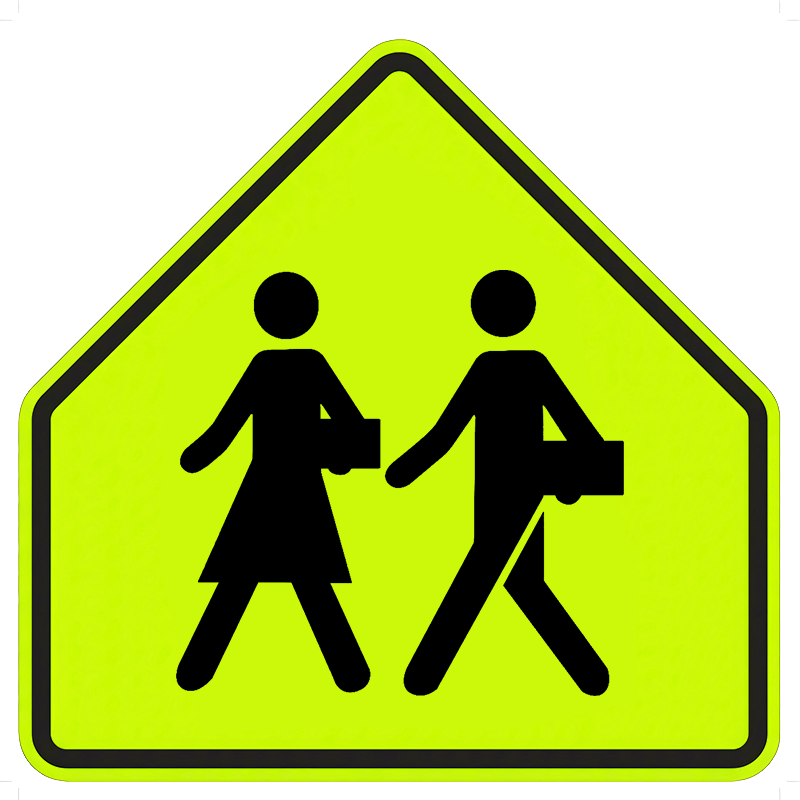
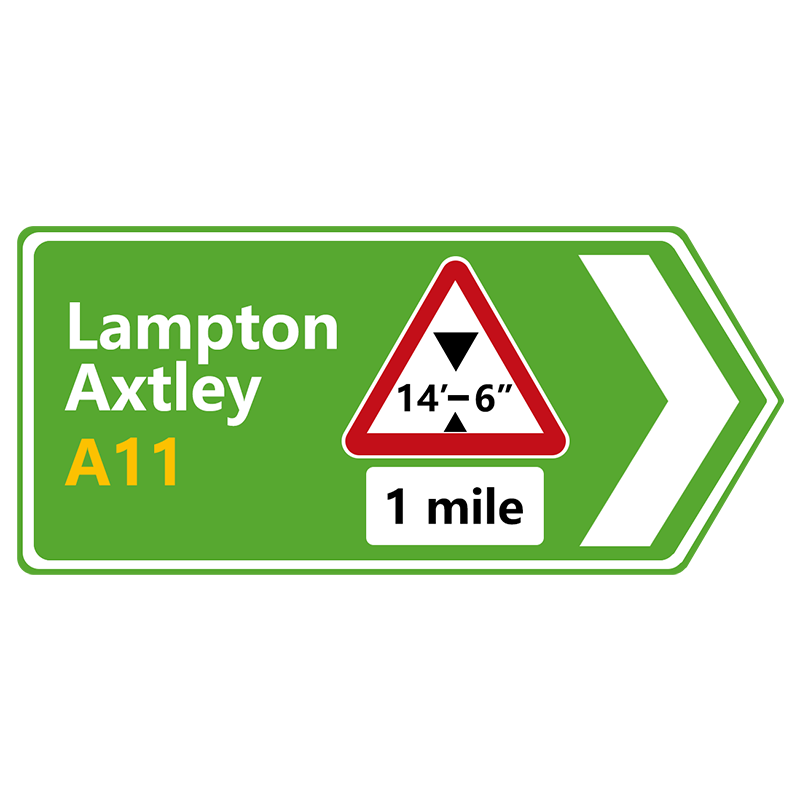
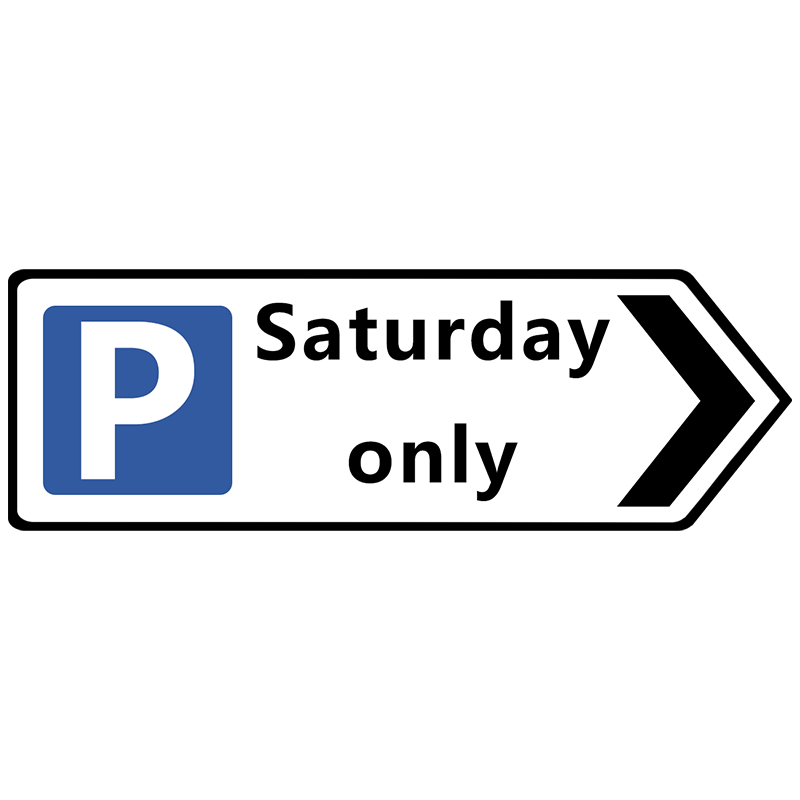
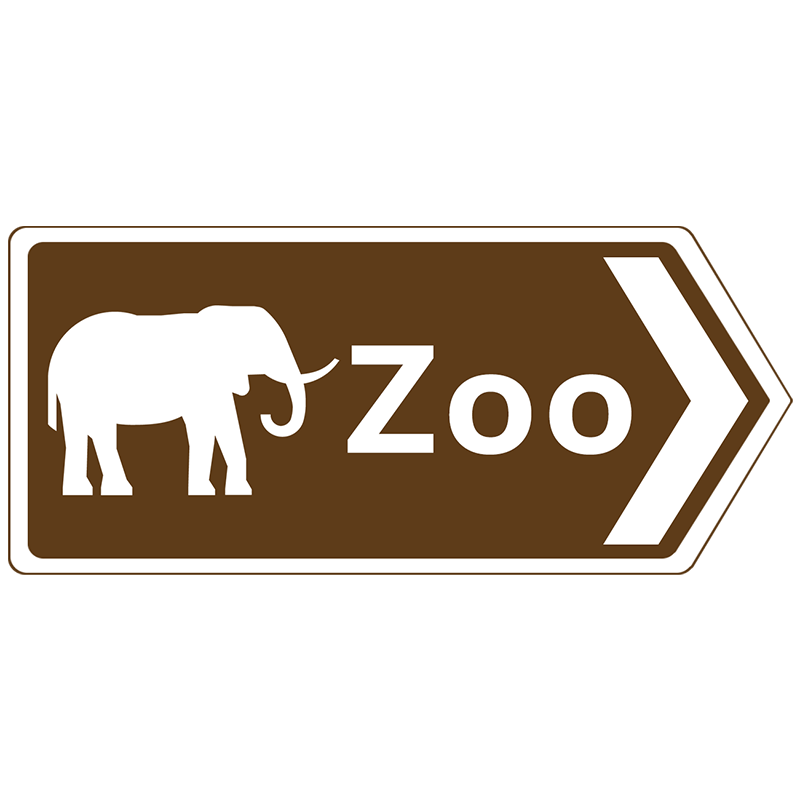
Octagon-shaped traffic signs are used exclusively for stop signs in most countries worldwide because the octagon shape is distinct and easily recognizable, making it clear to drivers that they must come to a complete stop before proceeding. The bright red color with white lettering further enhances the visibility of stop signs, ensuring that they capture attention and convey the importance of stopping.
The use of octagons for stop signs is standardized in international traffic conventions, such as the Vienna Convention on Road Signs and Signals. This standardization promotes consistency and clarity in traffic signage across different countries, reducing the risk of confusion or misinterpretation among drivers.
The effectiveness of octagon-shaped stop signs in promoting road safety is well-established. Studies have shown that octagonal stop signs are more effective in reducing crashes and injuries than other sign shapes, such as squares or rectangles.
Here are some of the reasons why octagons are particularly effective for stop signs:
With an endless supply of jagged edges, octagons trigger the highest threat response in motorists. The MUTCD reserves this intense shape solely for STOP messages. Even obscured, the uncommon design instinctively translates to “halt.”
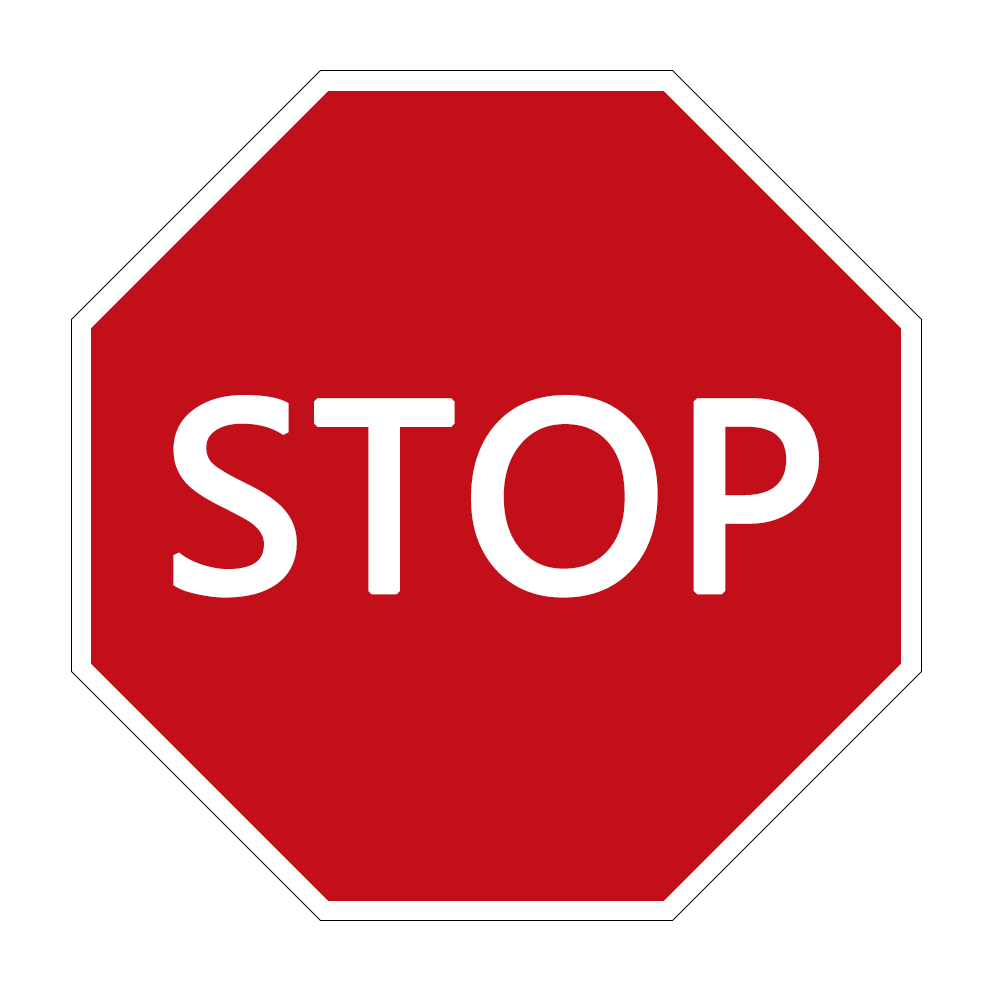
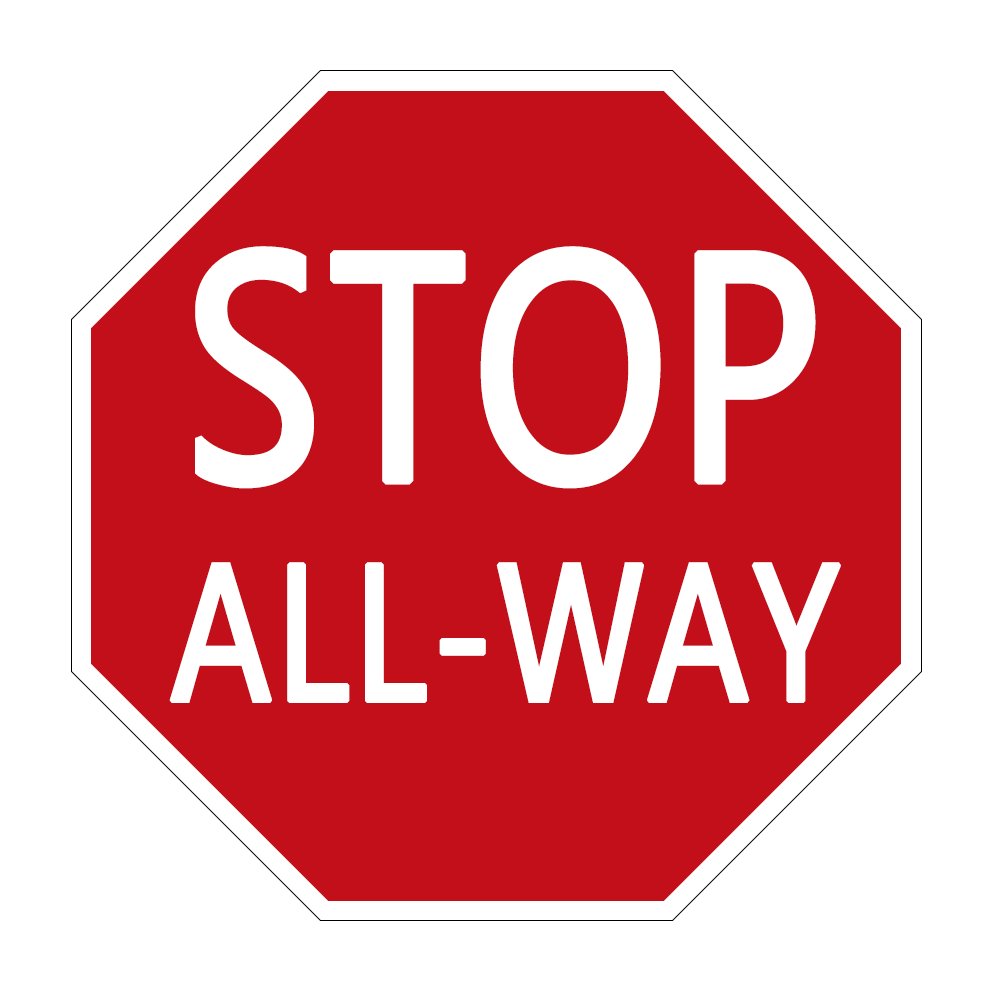
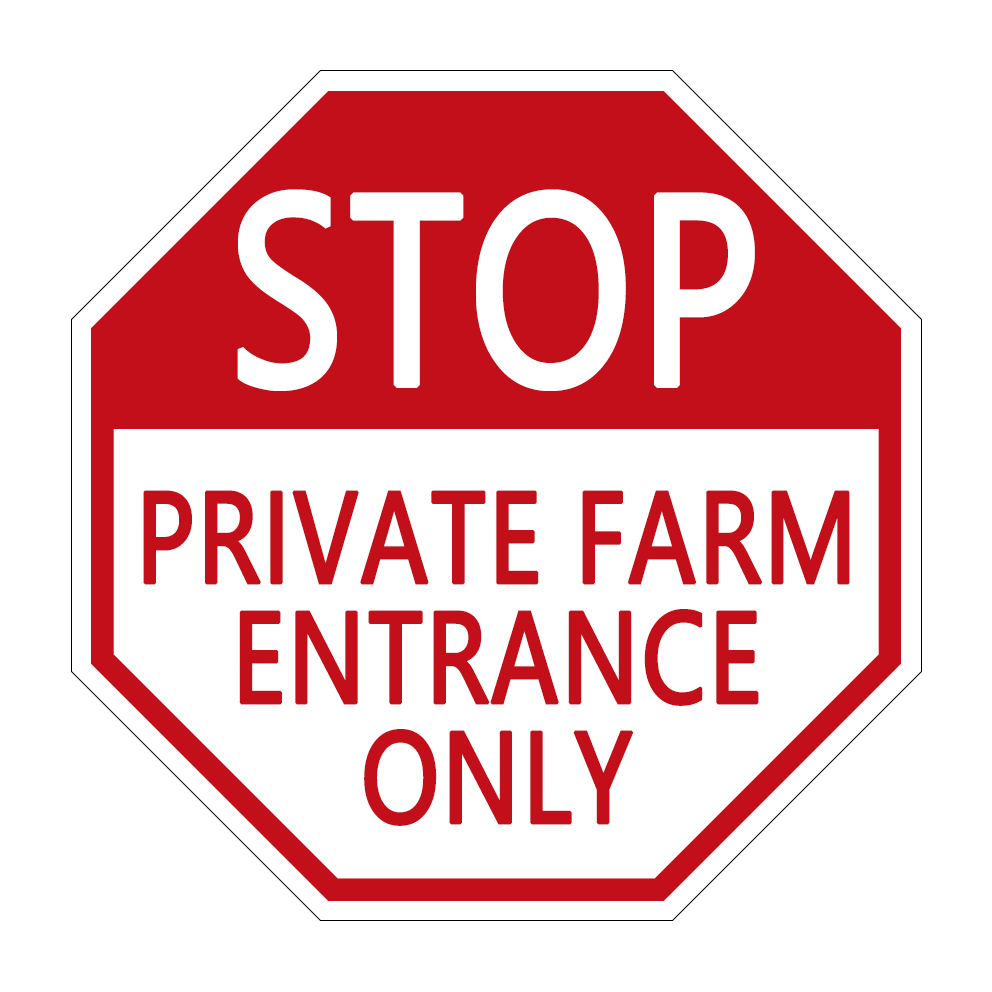
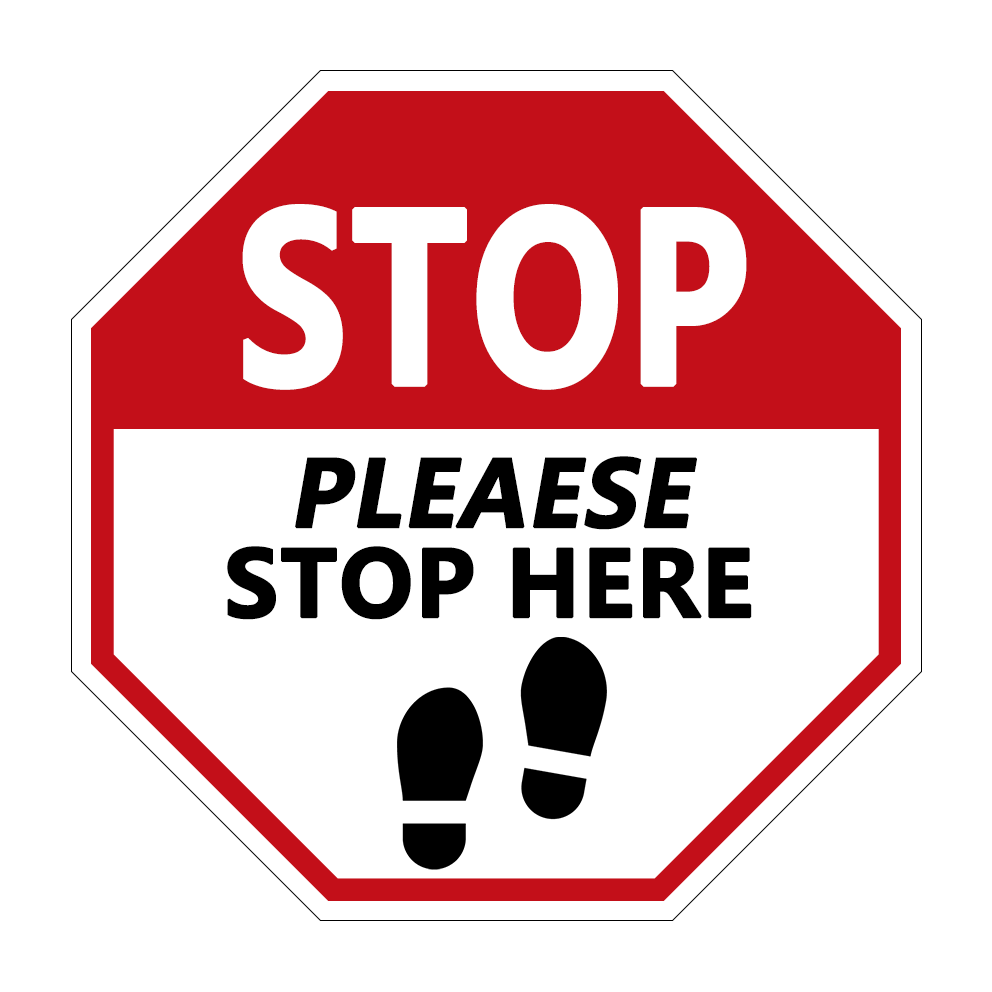
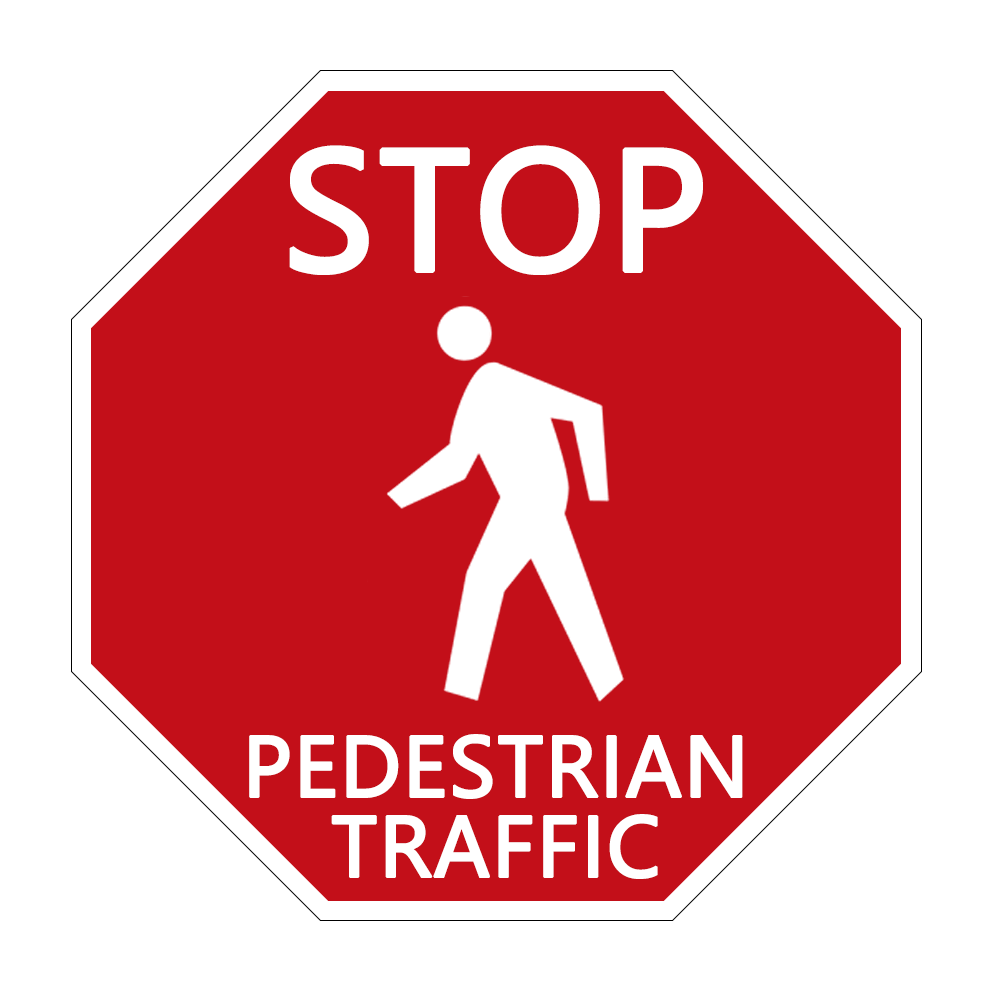
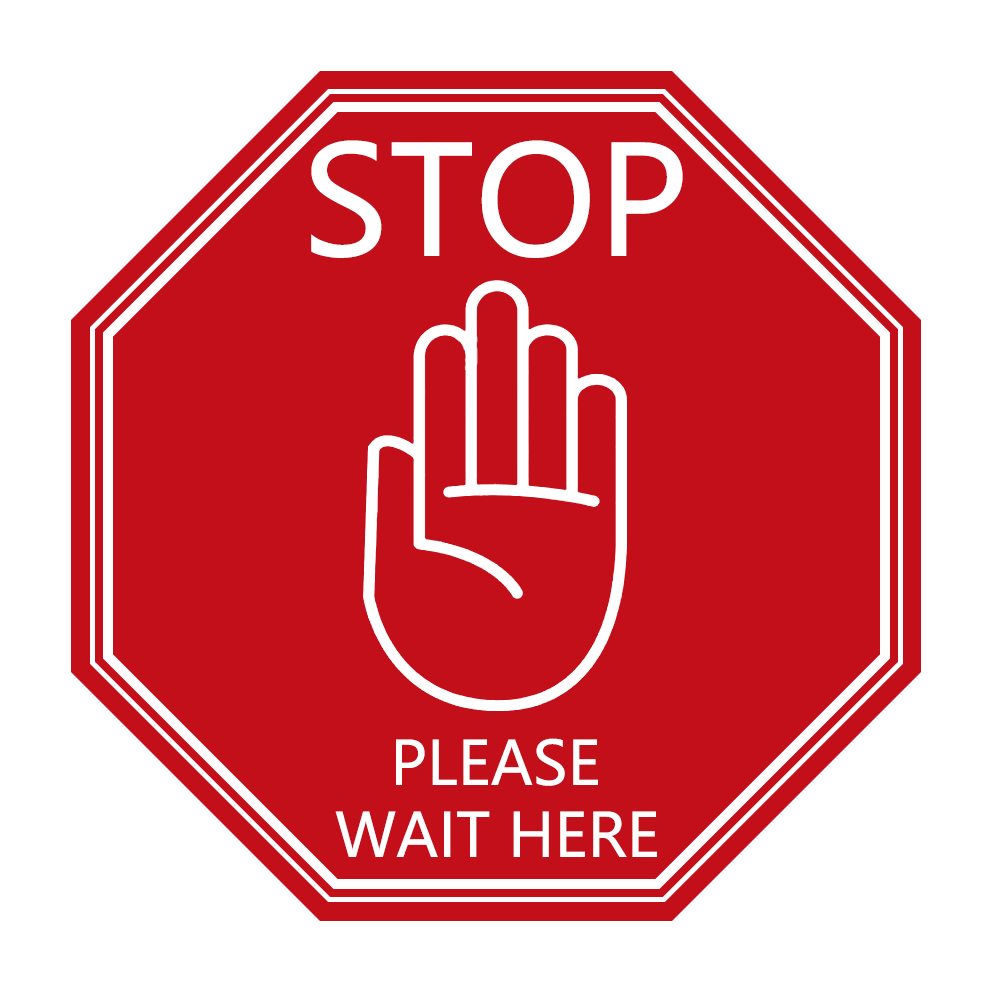
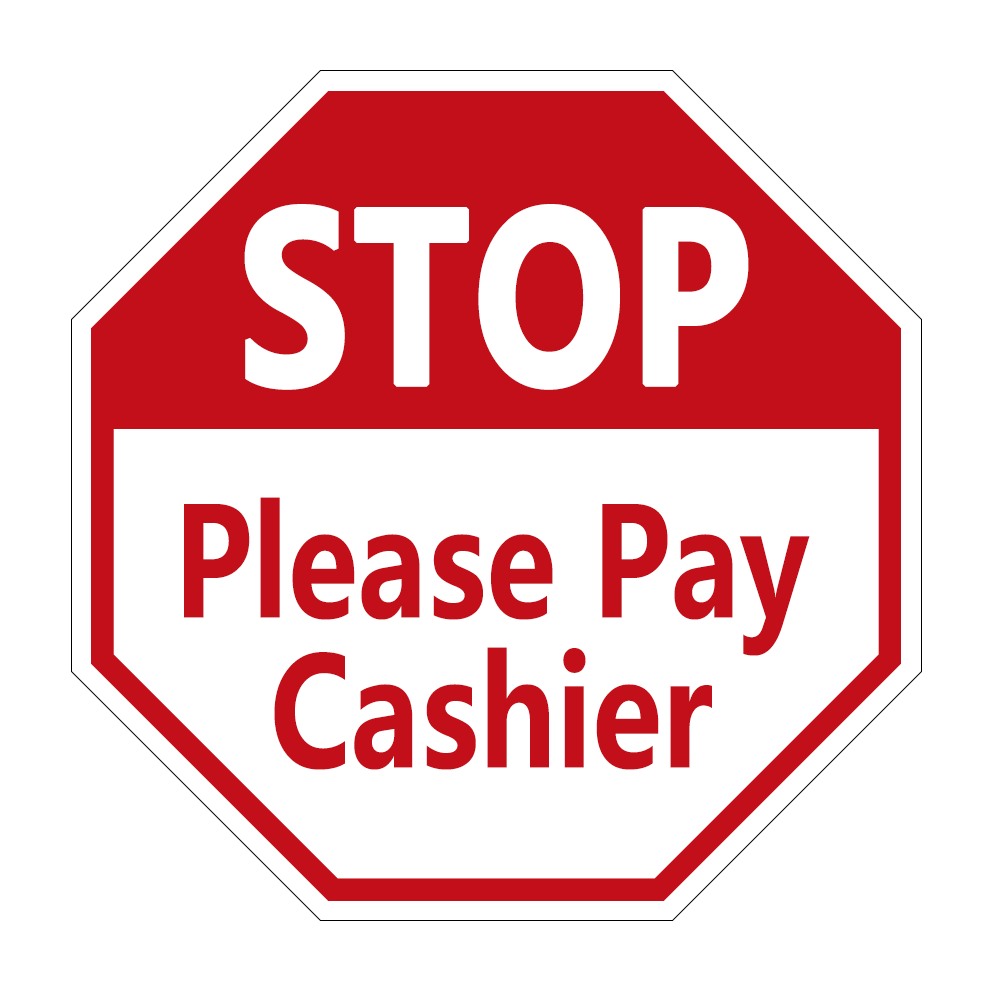
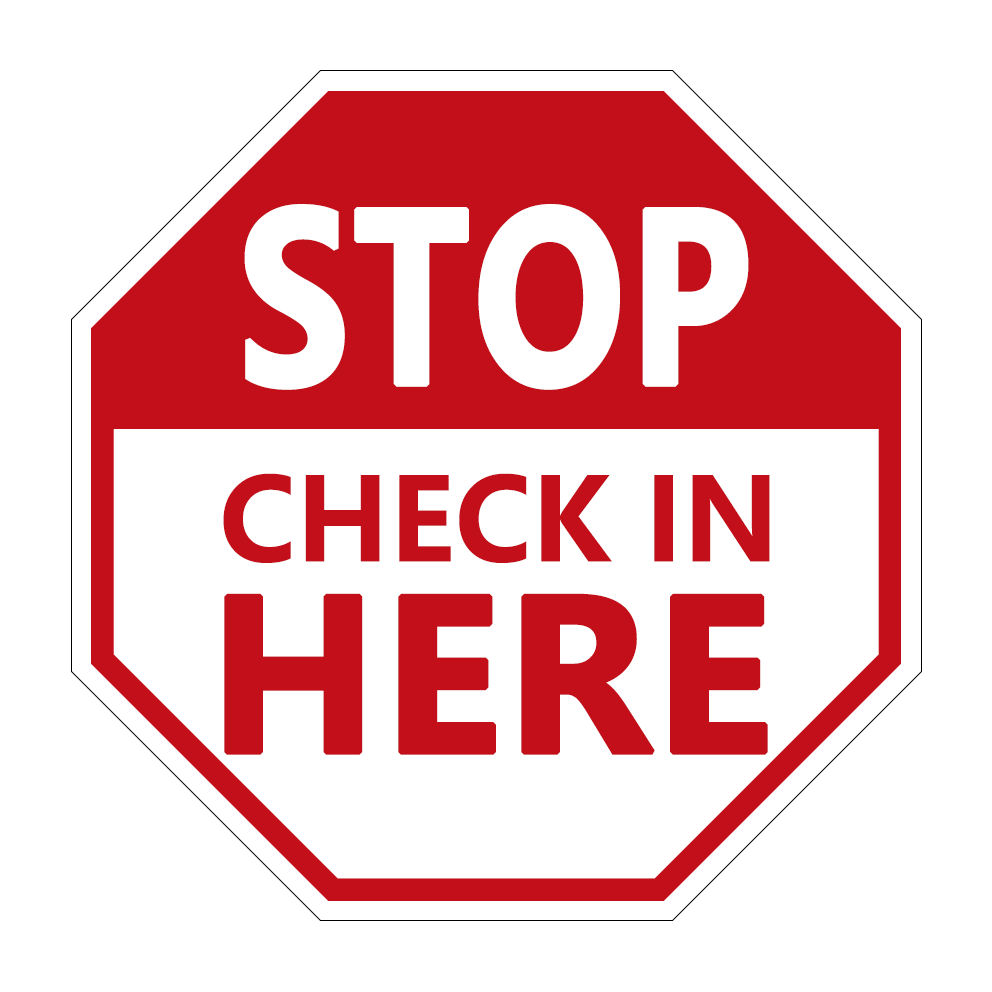
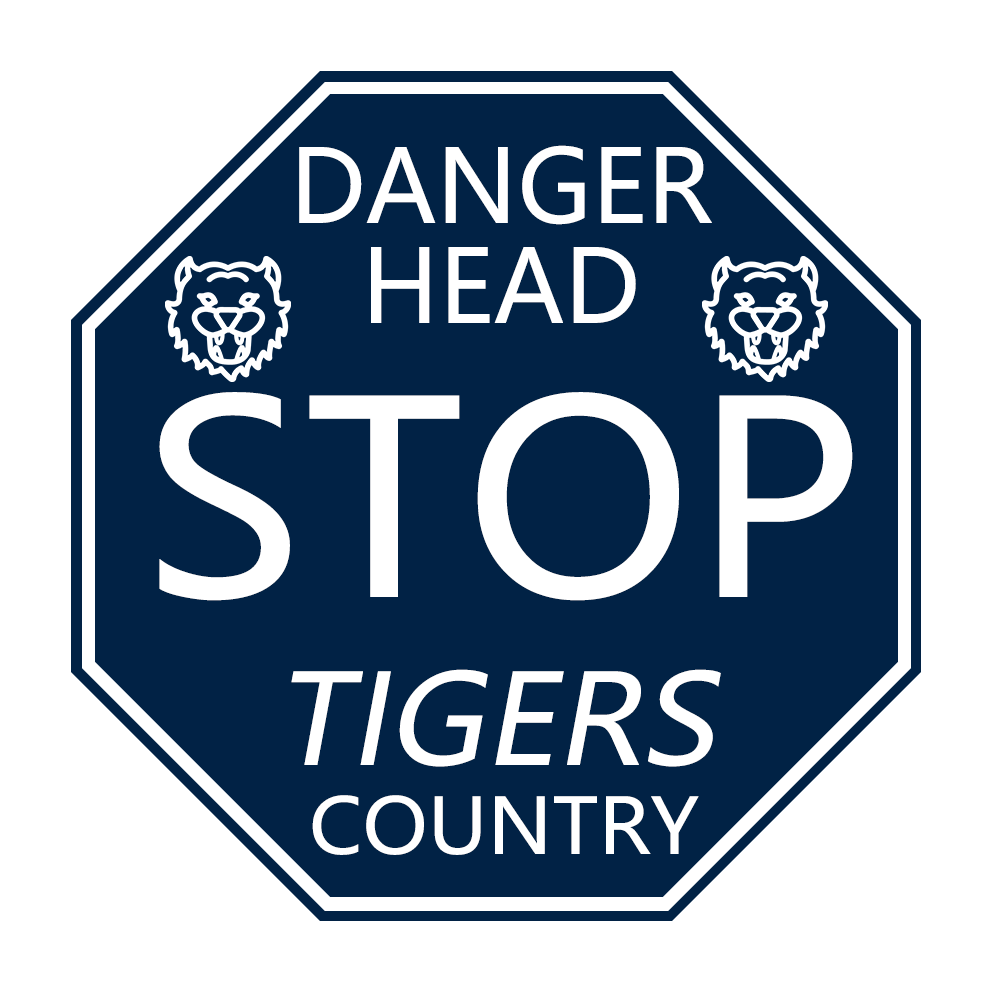
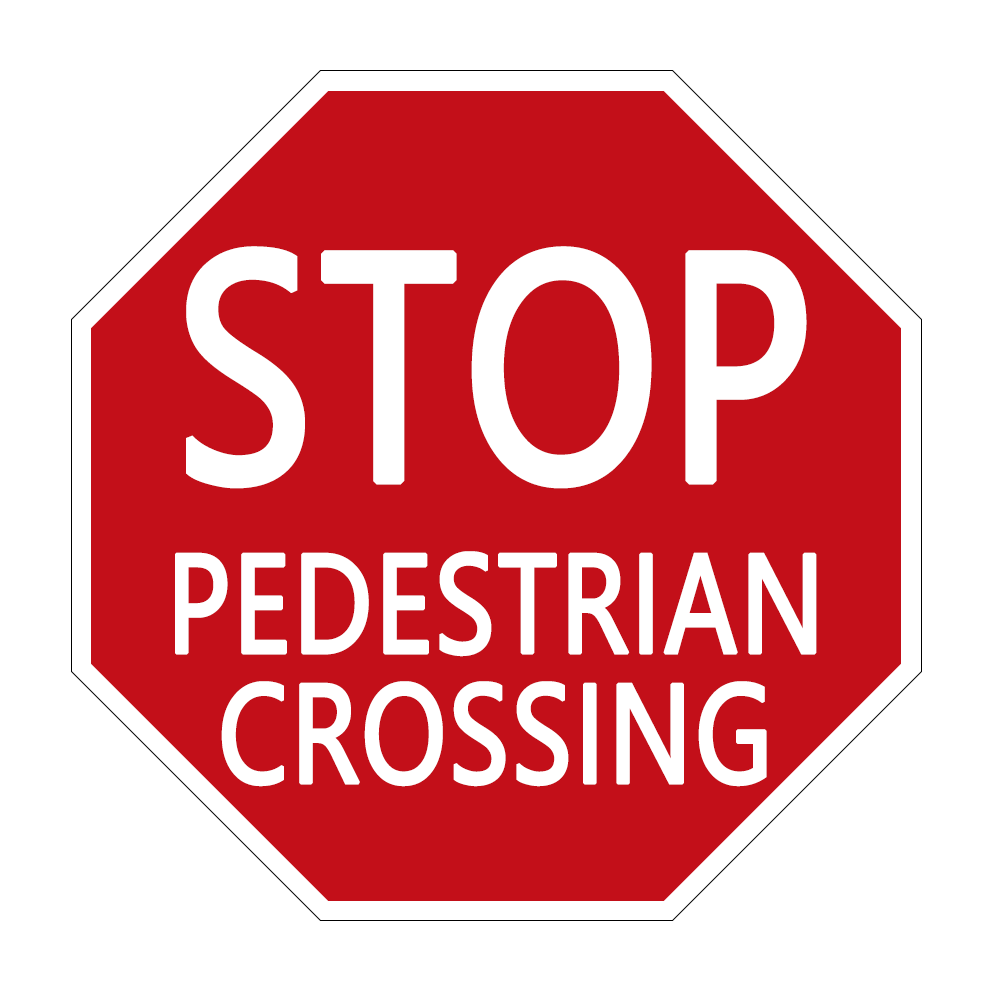
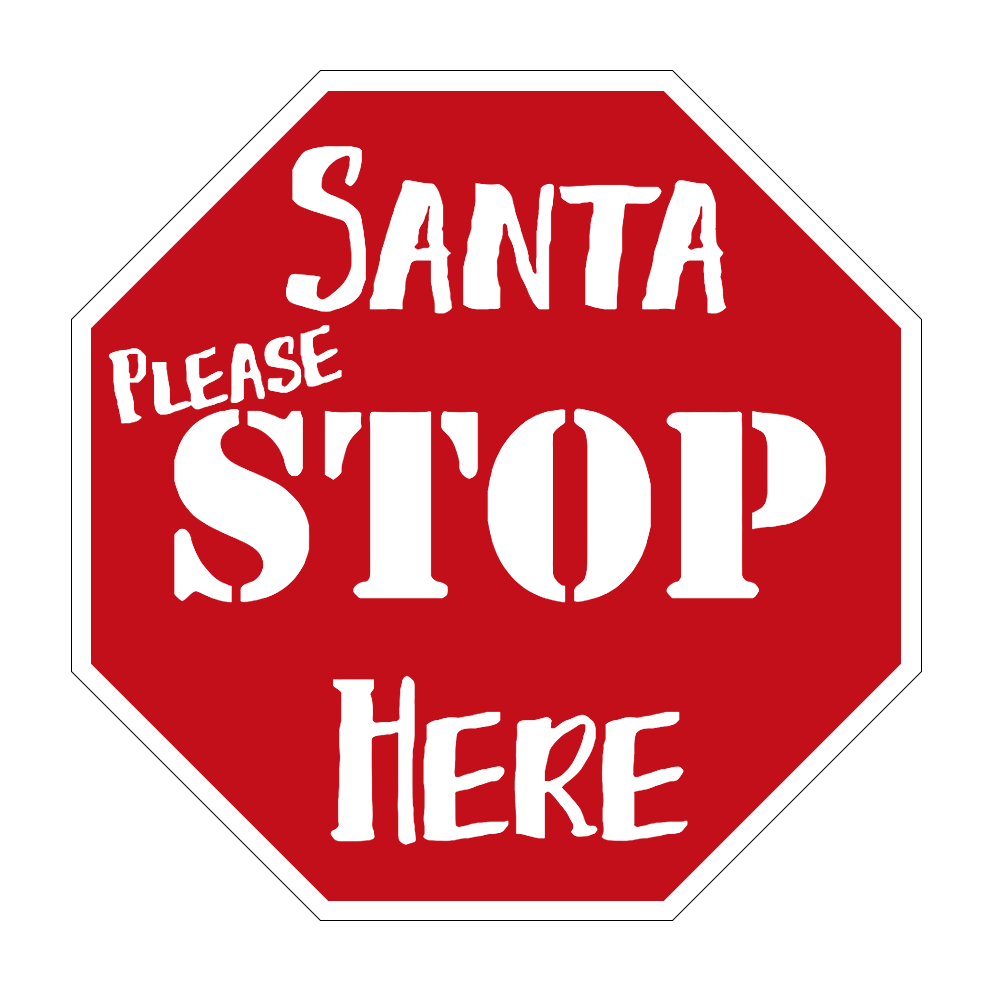
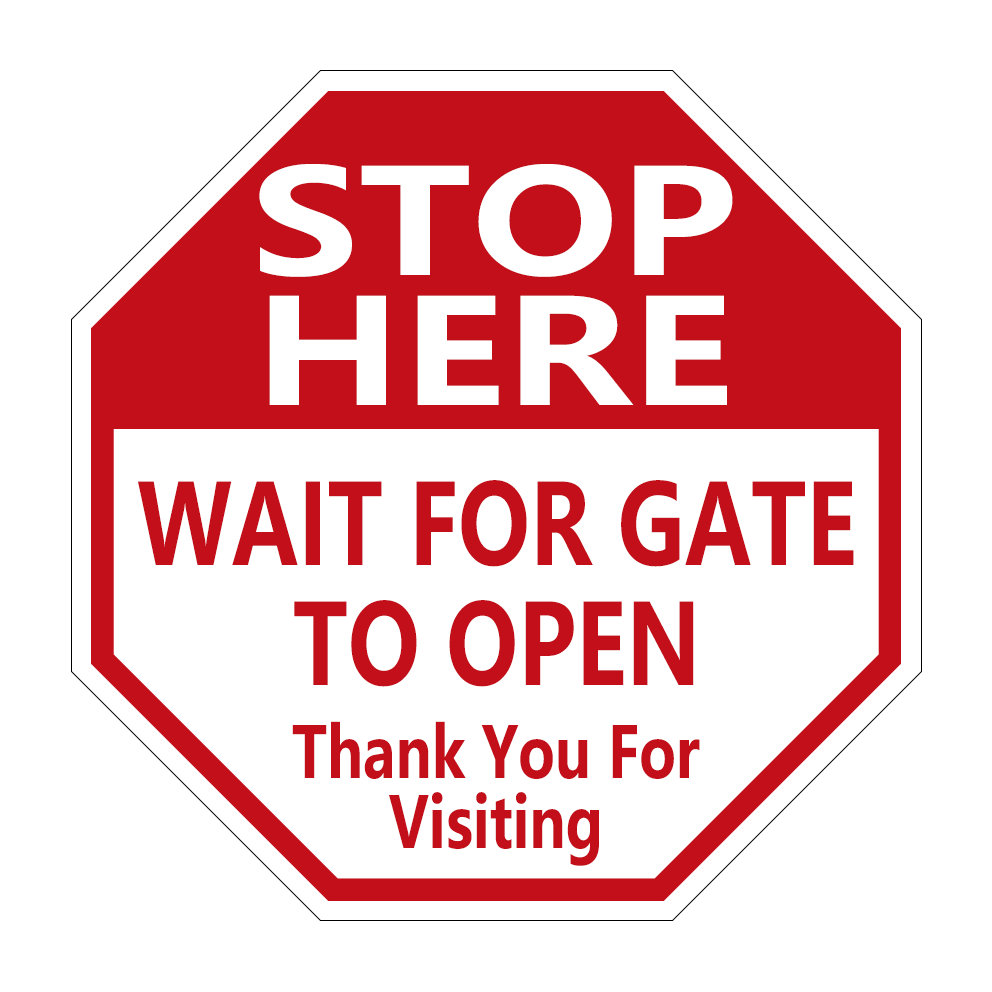
Crossbuck-shaped traffic signs are a type of warning sign used to indicate railroad crossings. They are typically white with black letters and are positioned at level crossings, where railway tracks intersect with roads or pedestrian paths. Crossbuck signs are characterized by their X-shaped design, which is universally recognized as a symbol for railroad crossings.
The purpose of crossbuck-shaped signs is to alert drivers and pedestrians to the presence of railroad tracks and the potential danger of oncoming trains. These signs are crucial in preventing collisions between vehicles, pedestrians, and trains, especially at ungated crossings without barriers or flashing lights.
Here are some of the critical features of crossbuck-shaped traffic signs:
Drivers and pedestrians encountering crossbuck-shaped traffic signs should take the following precautions:
